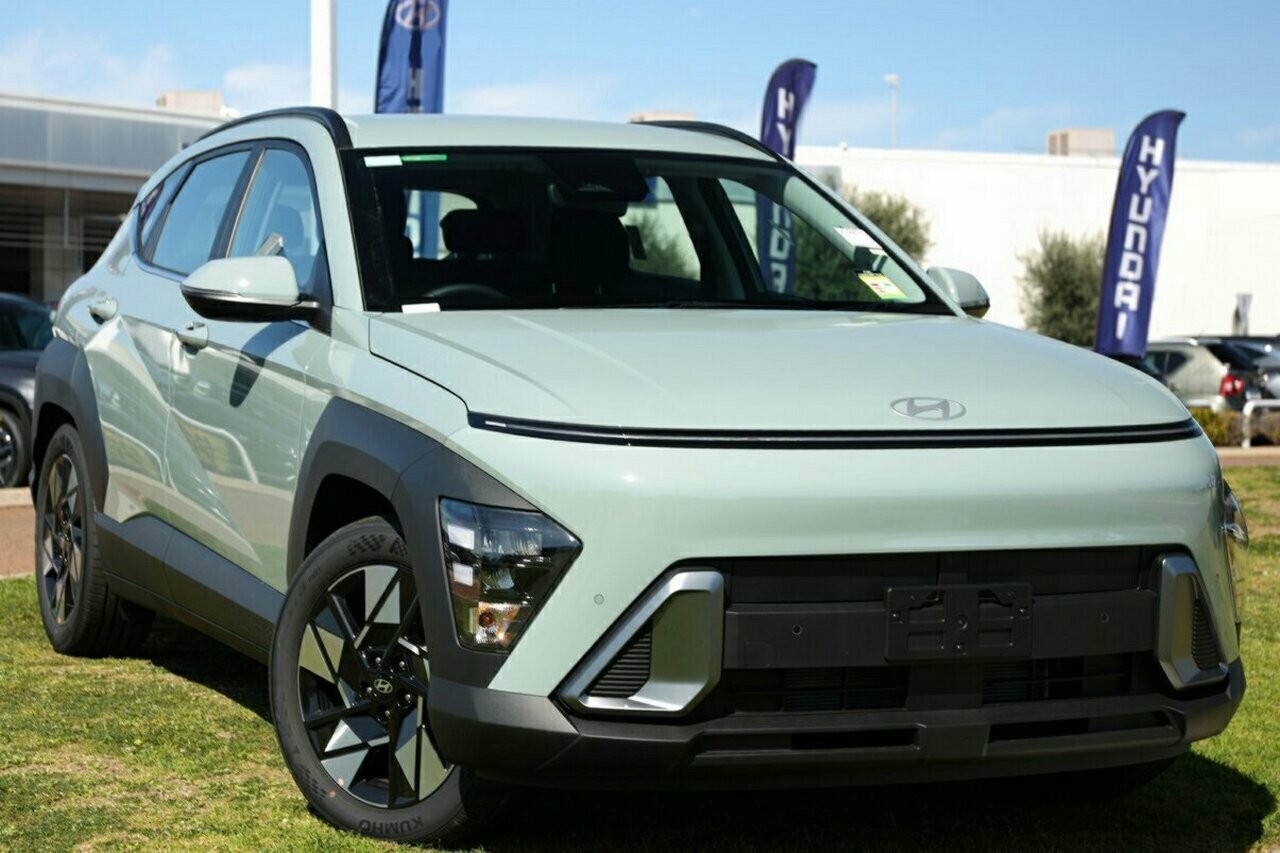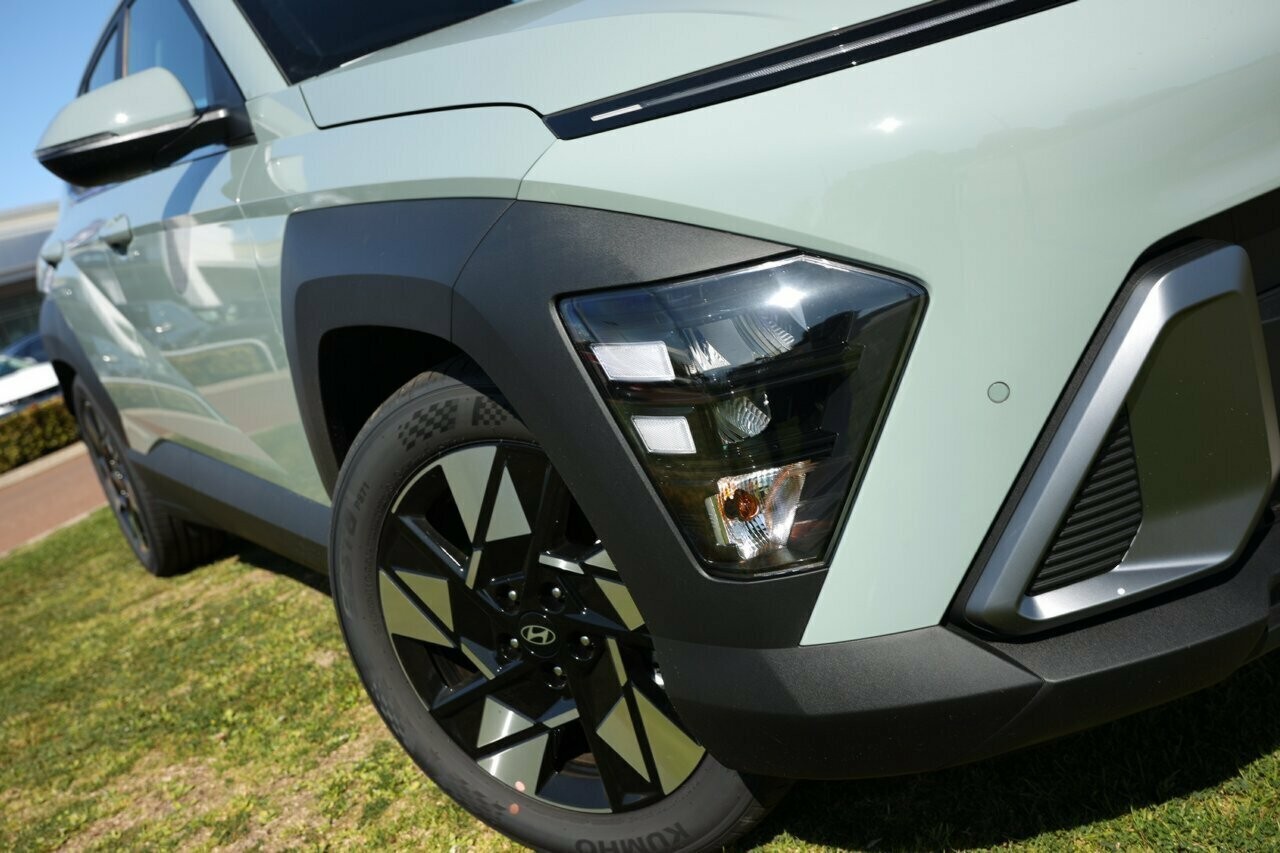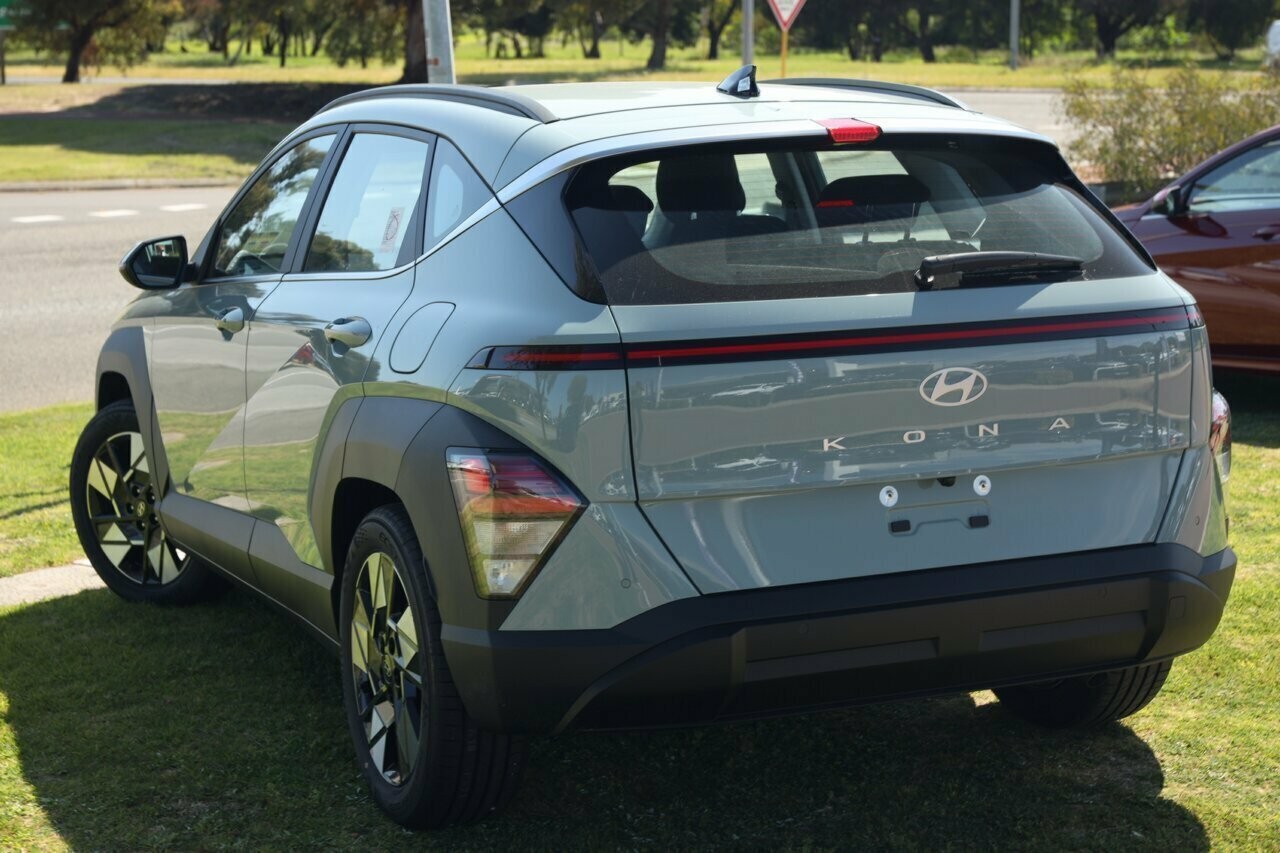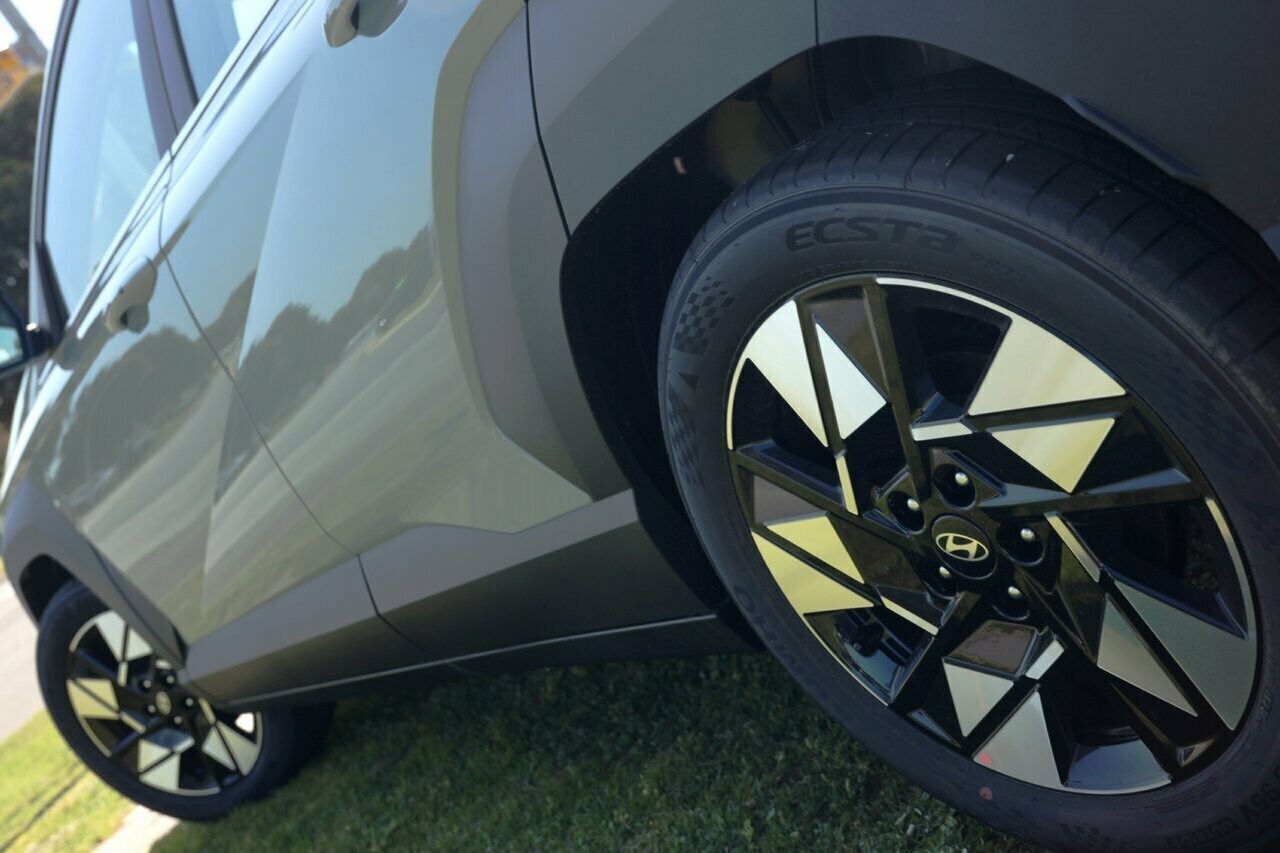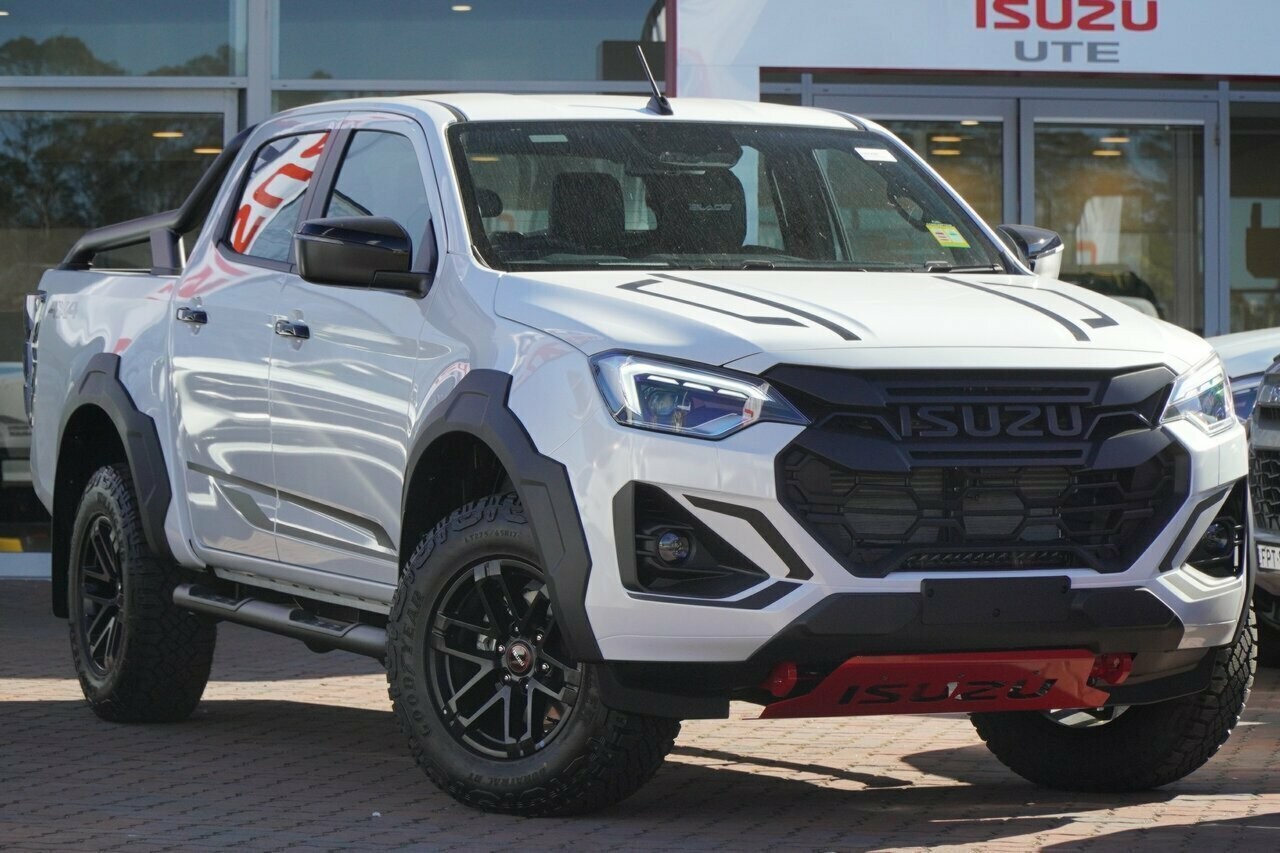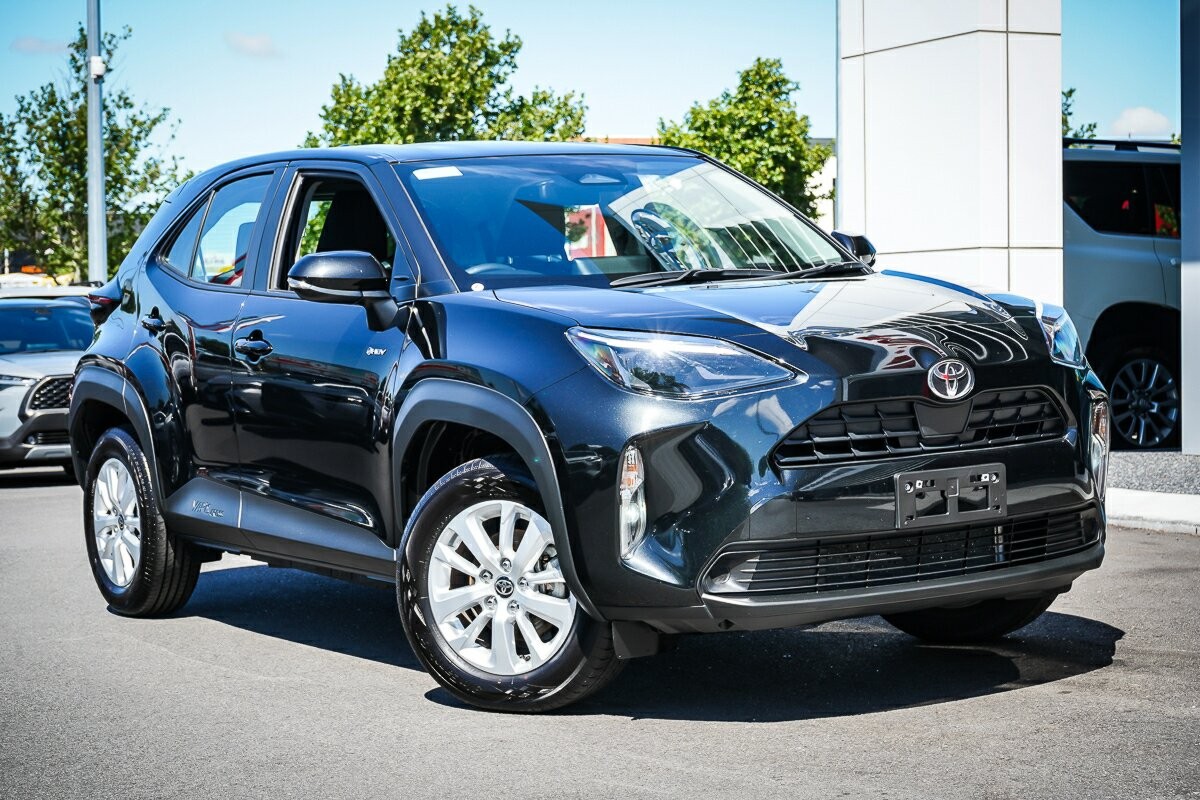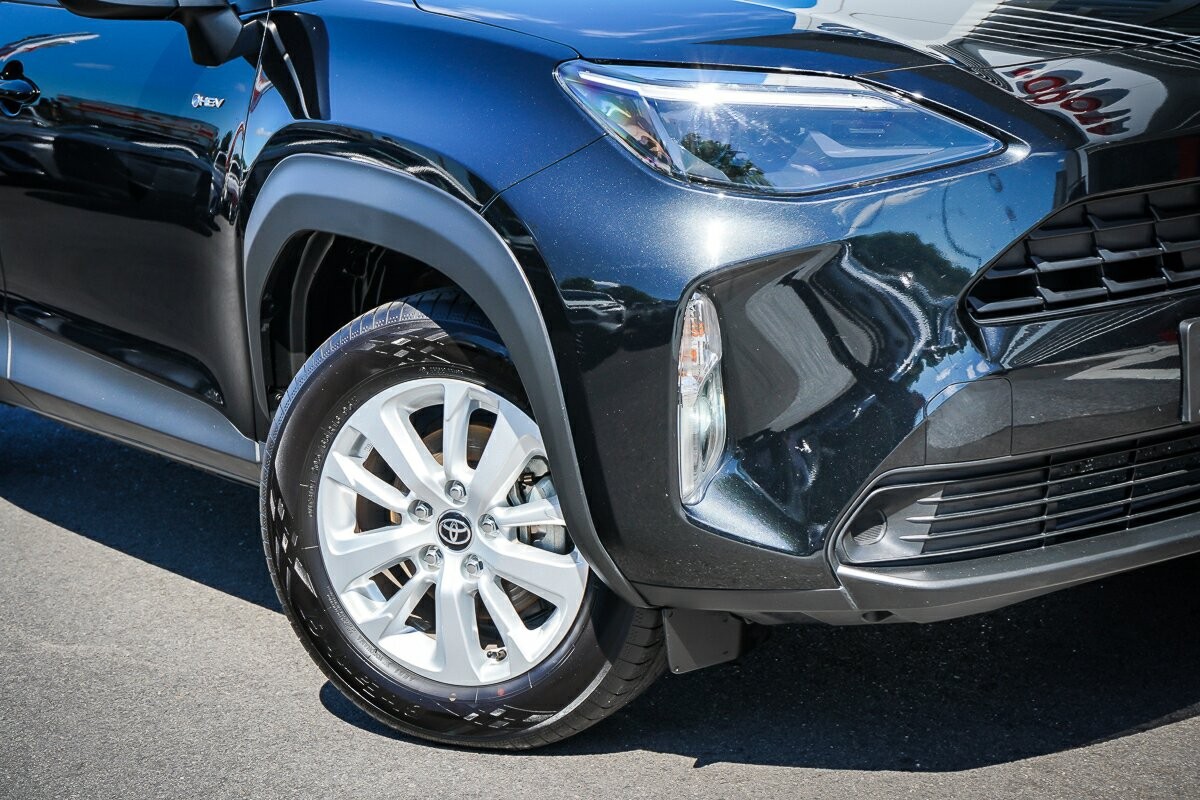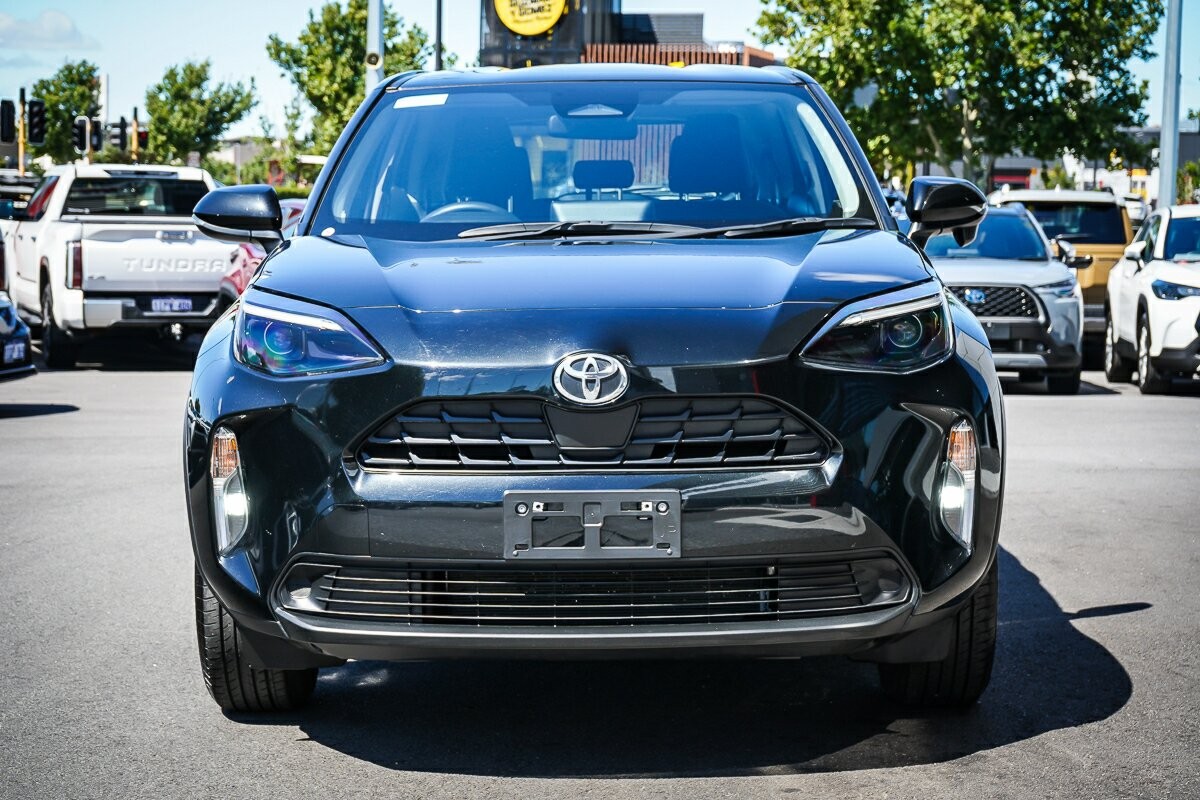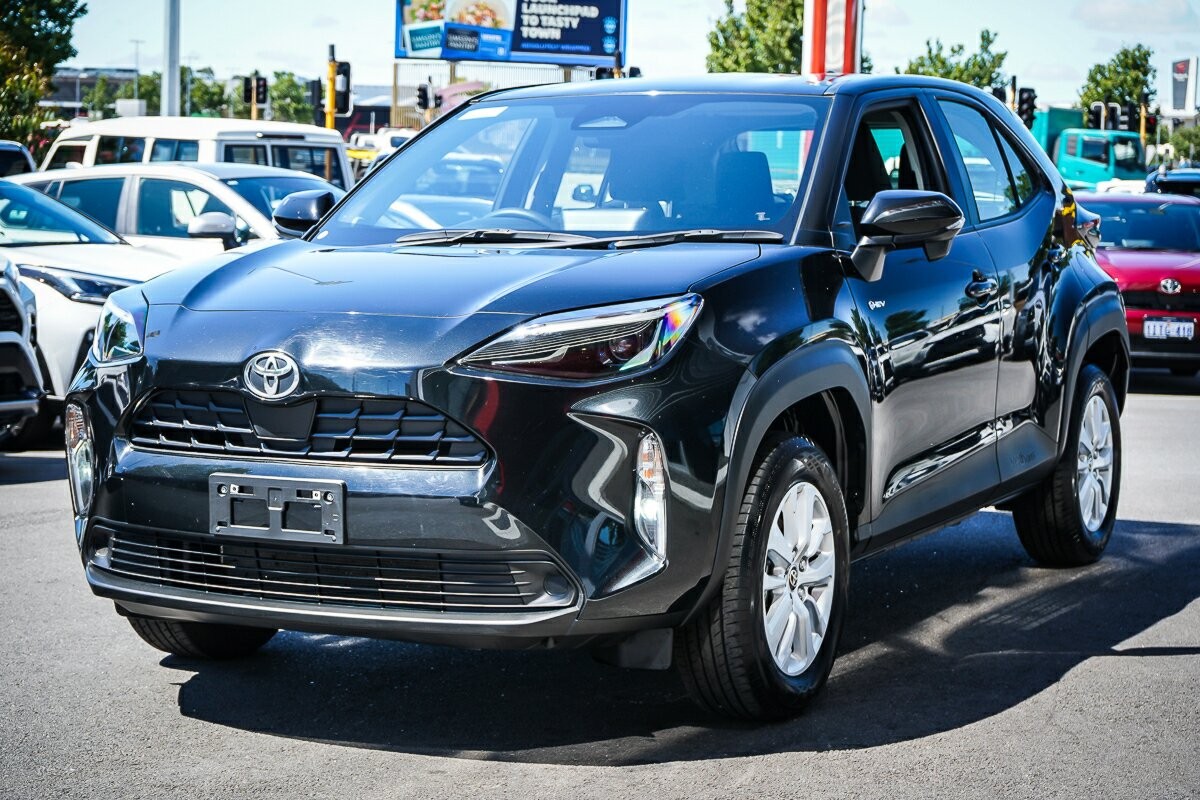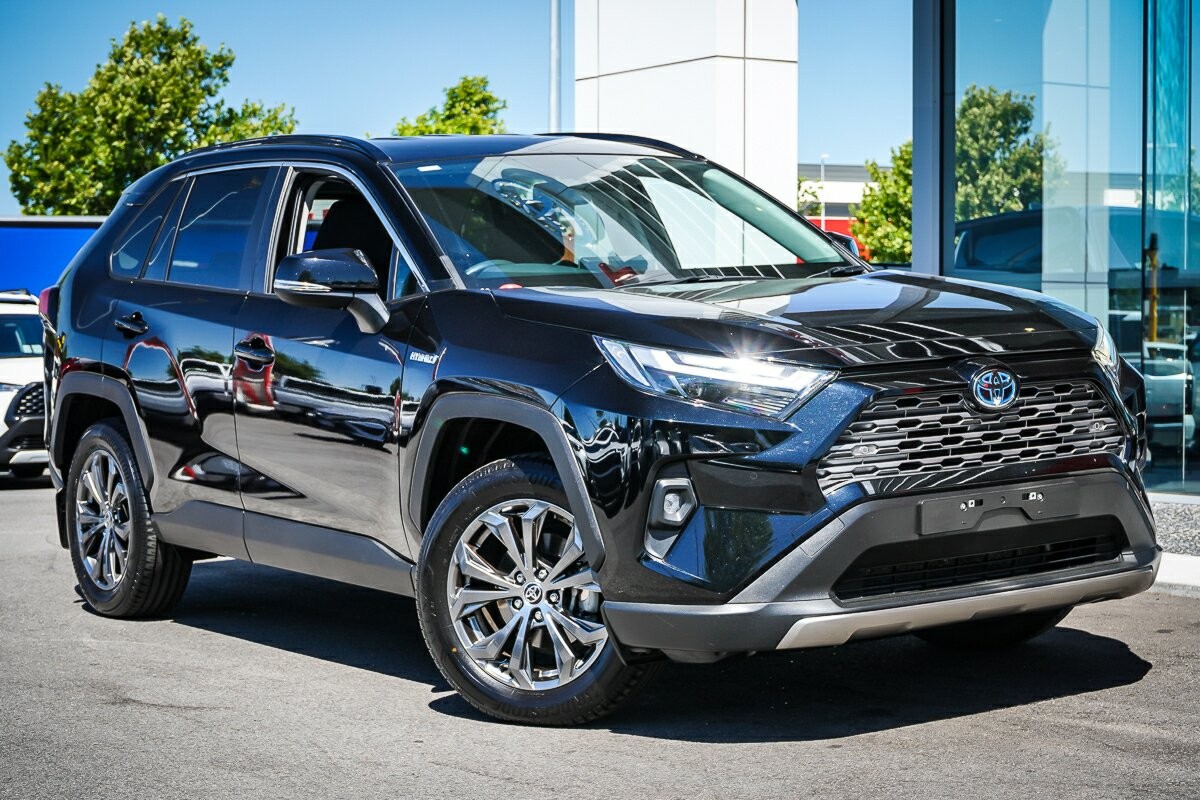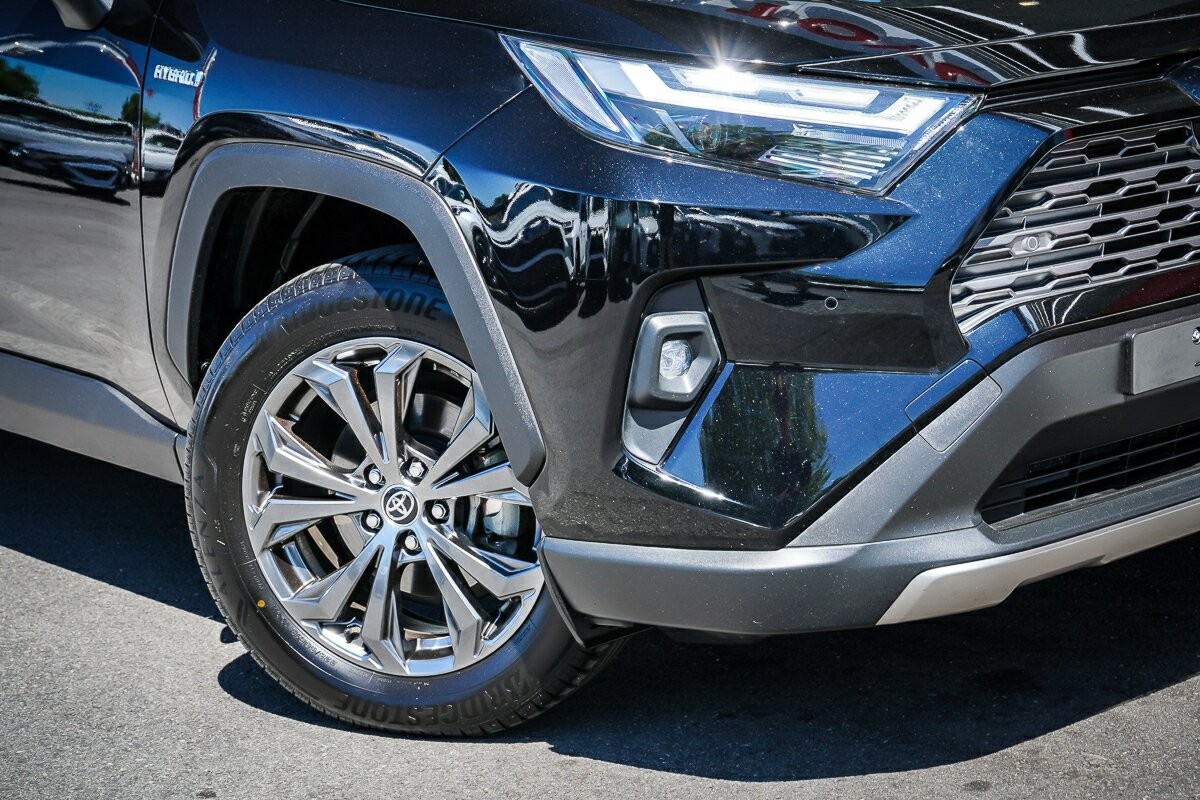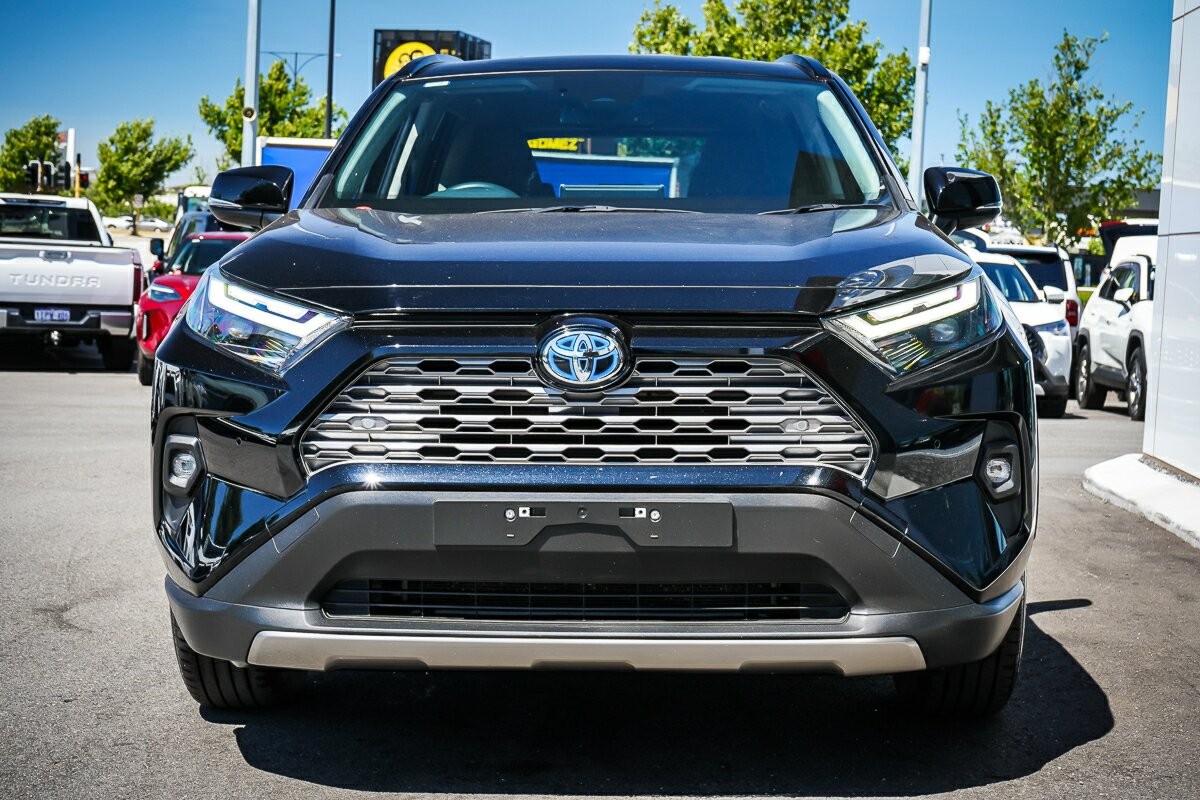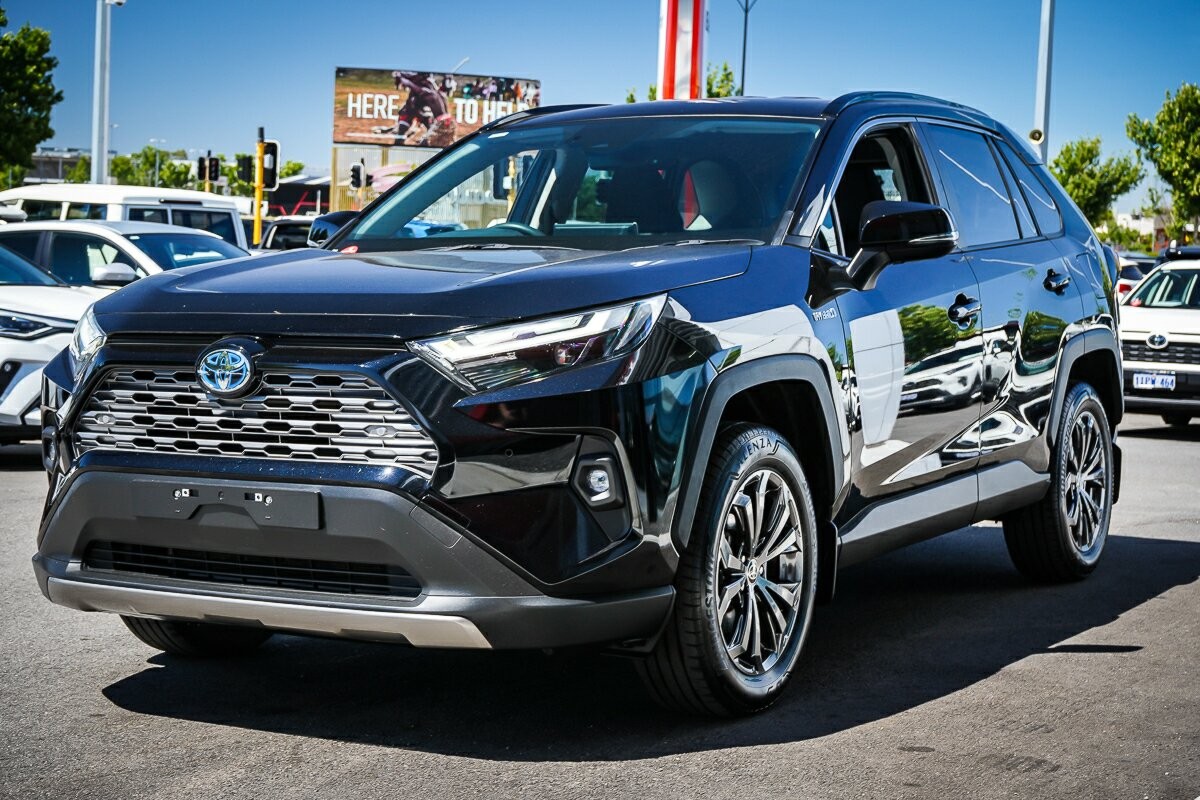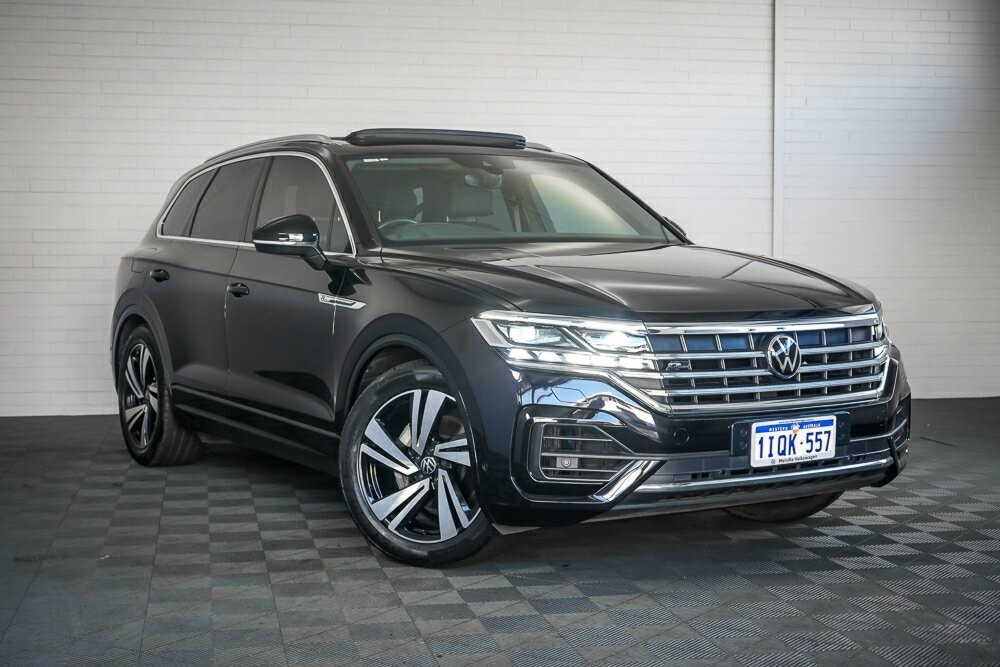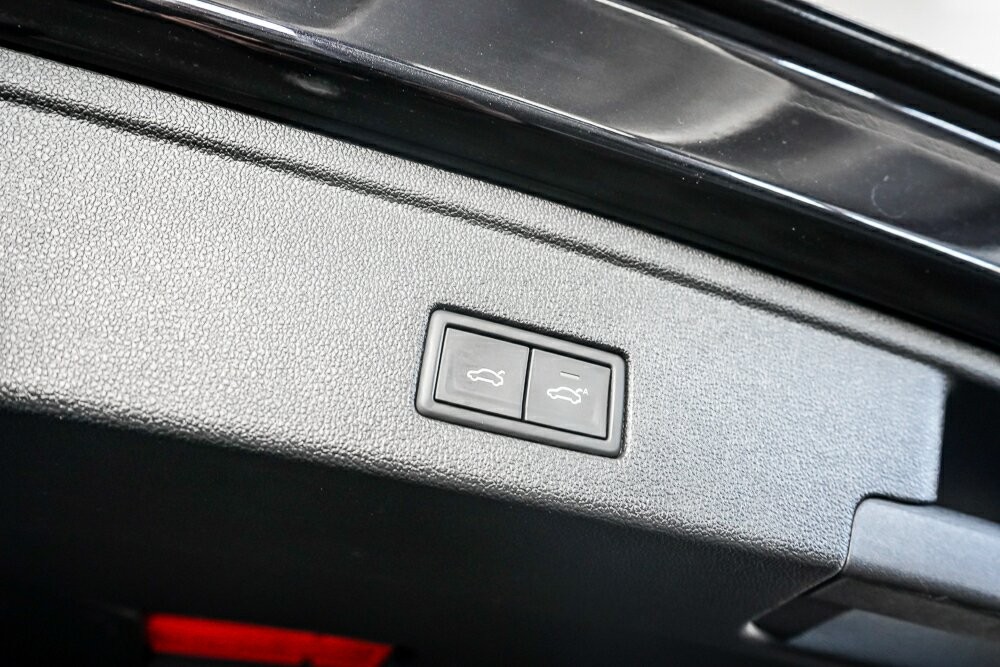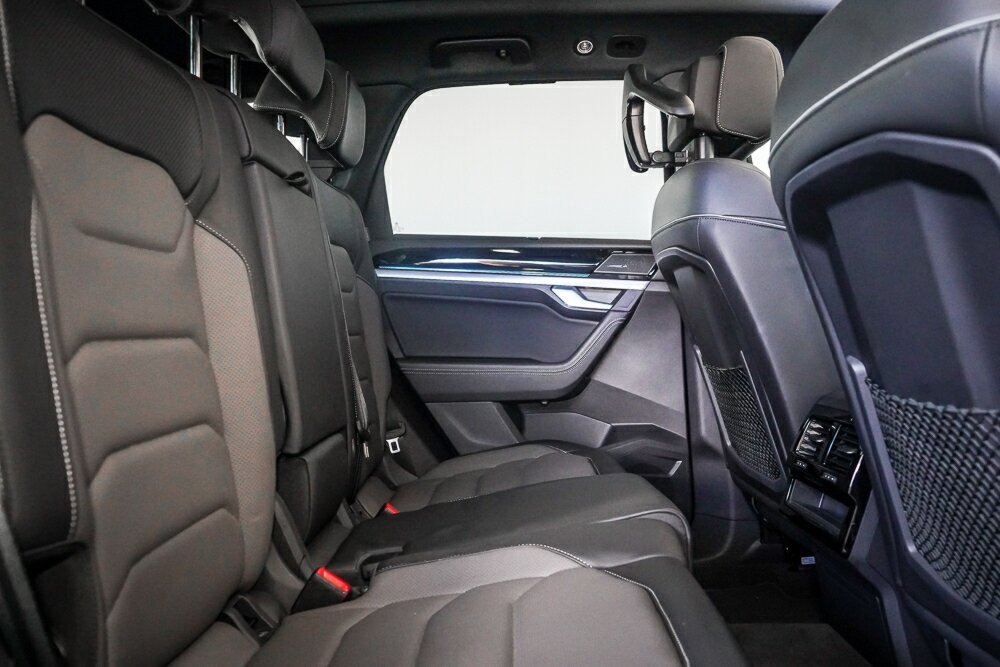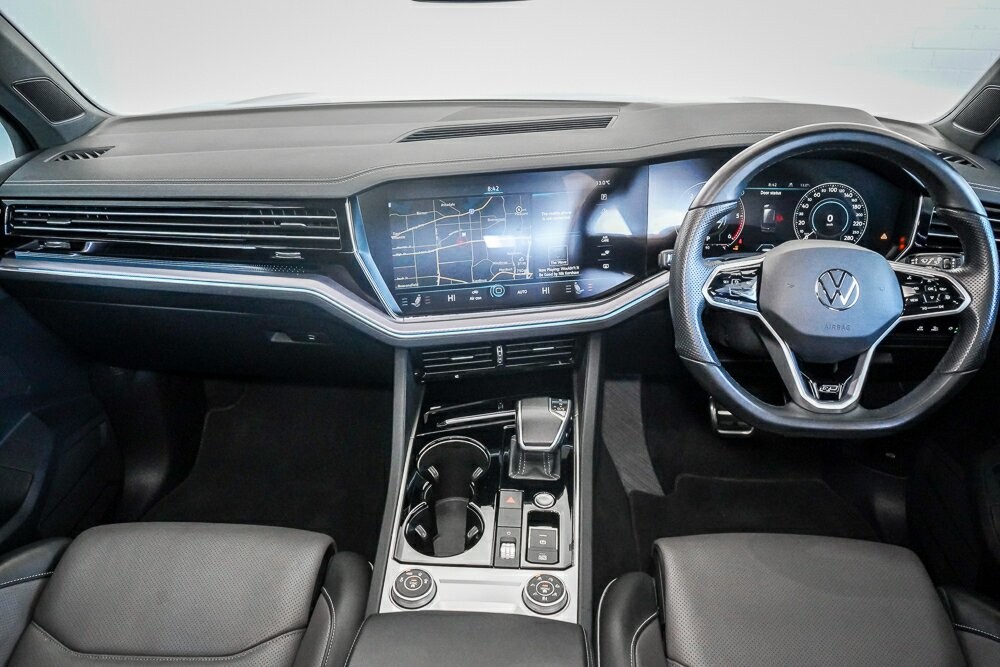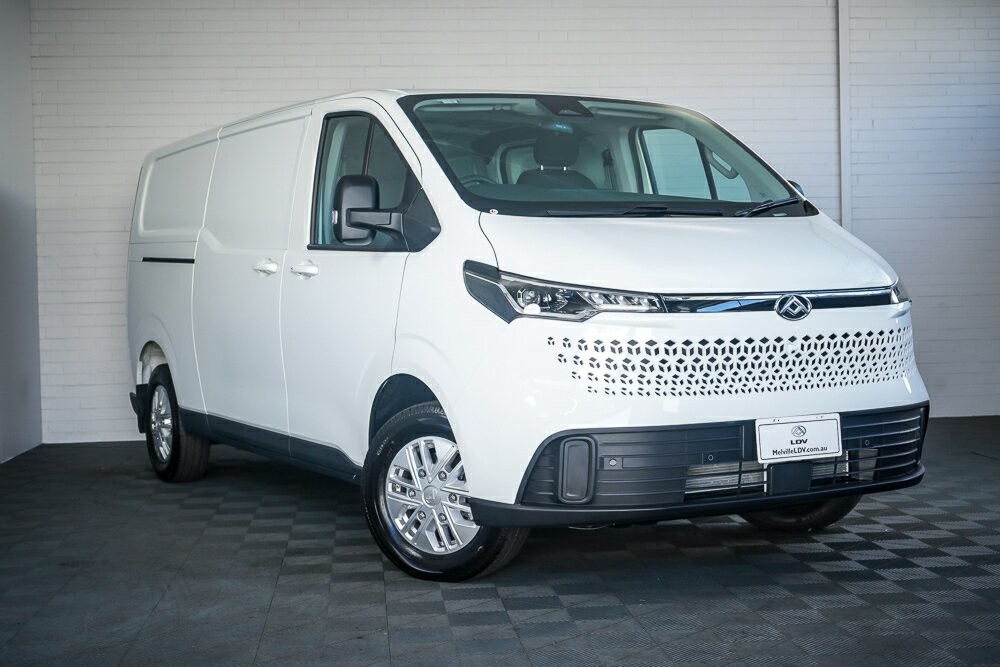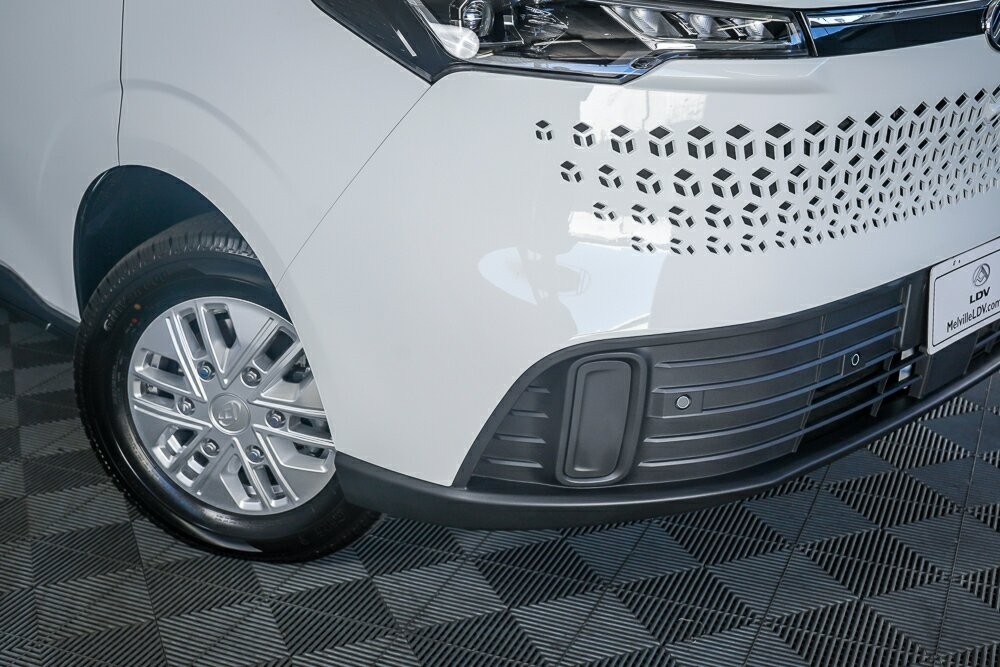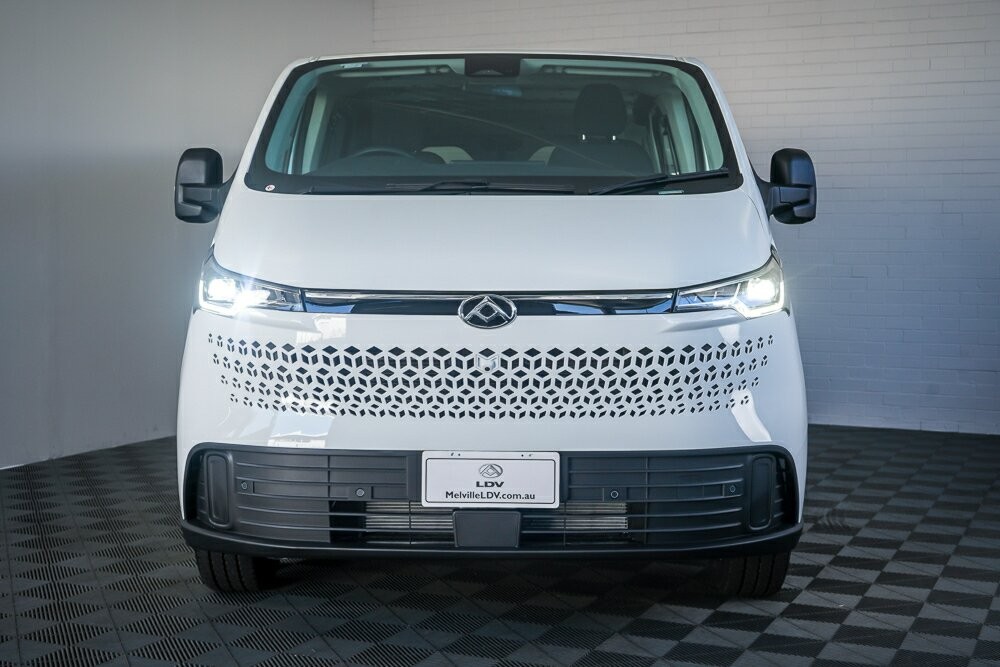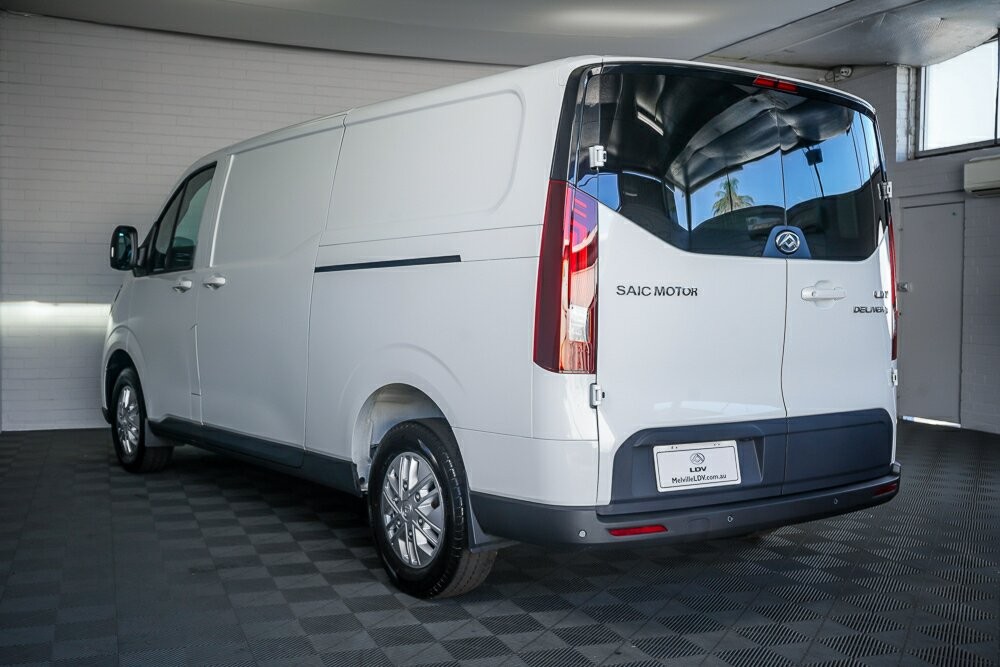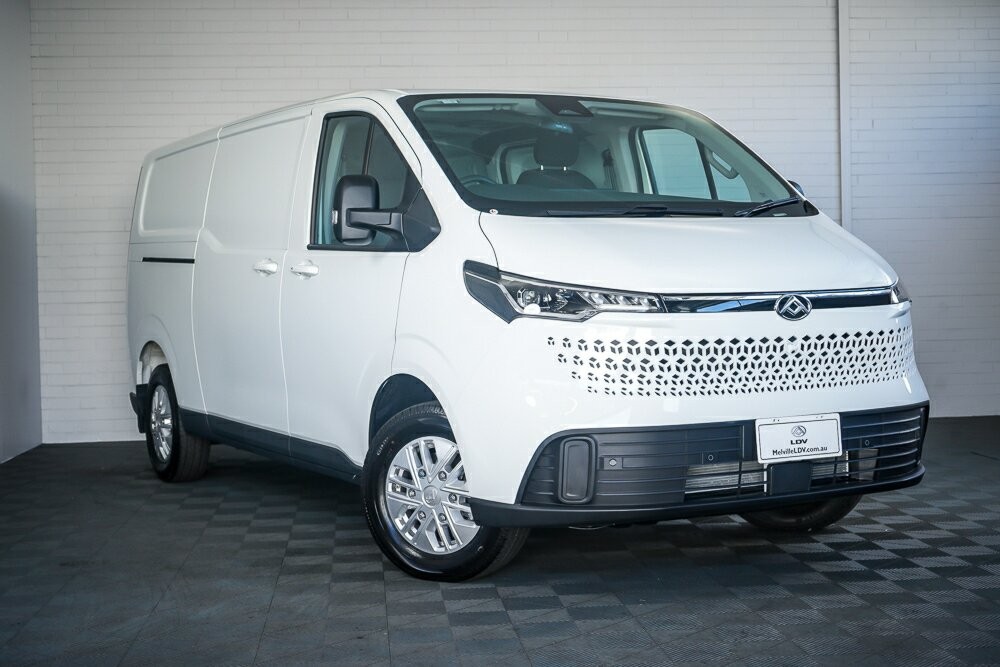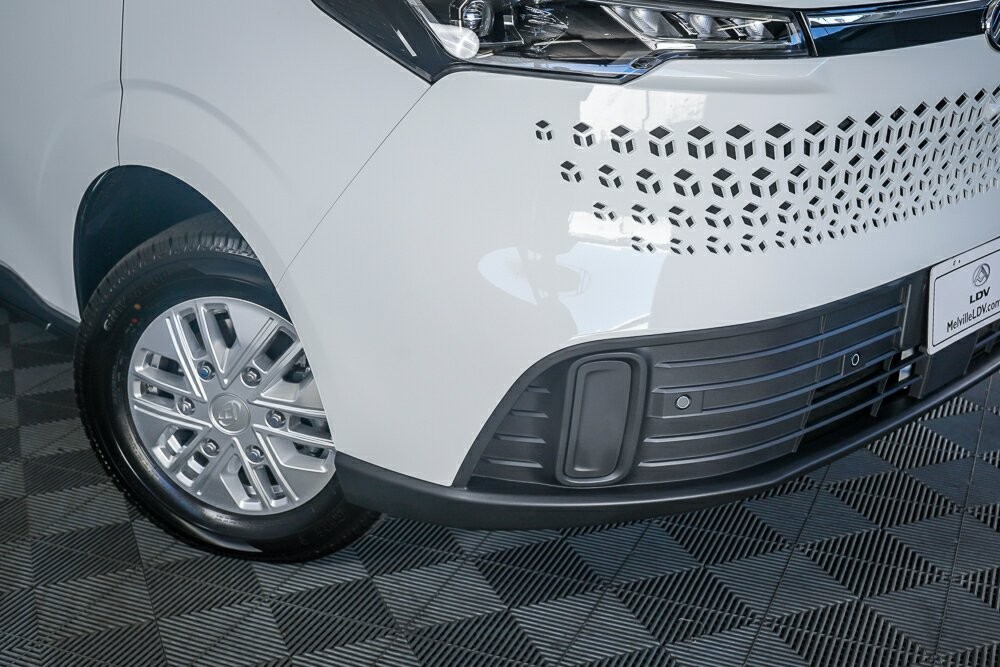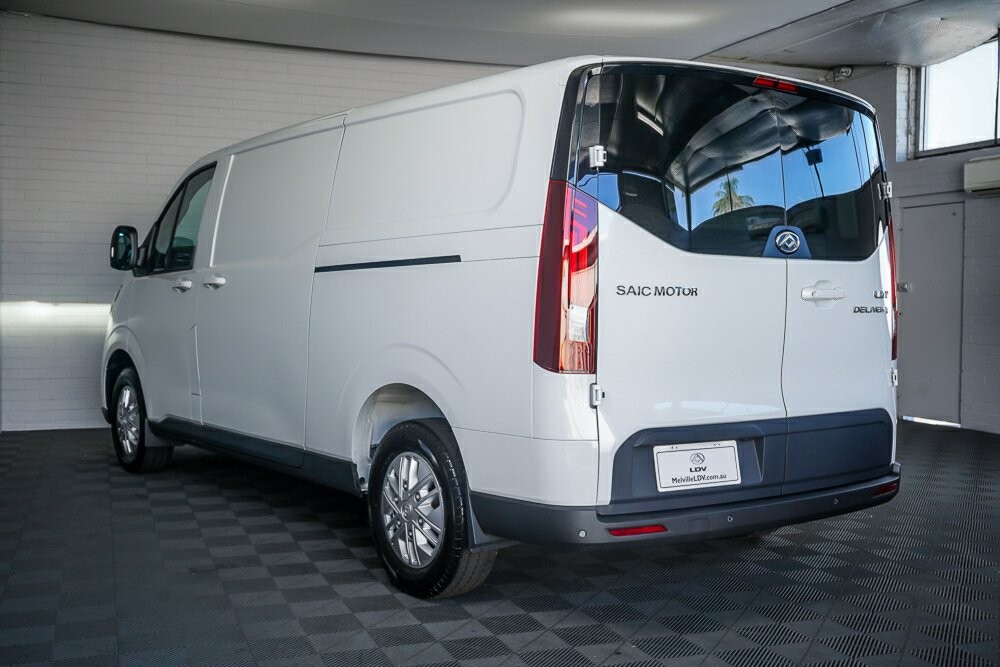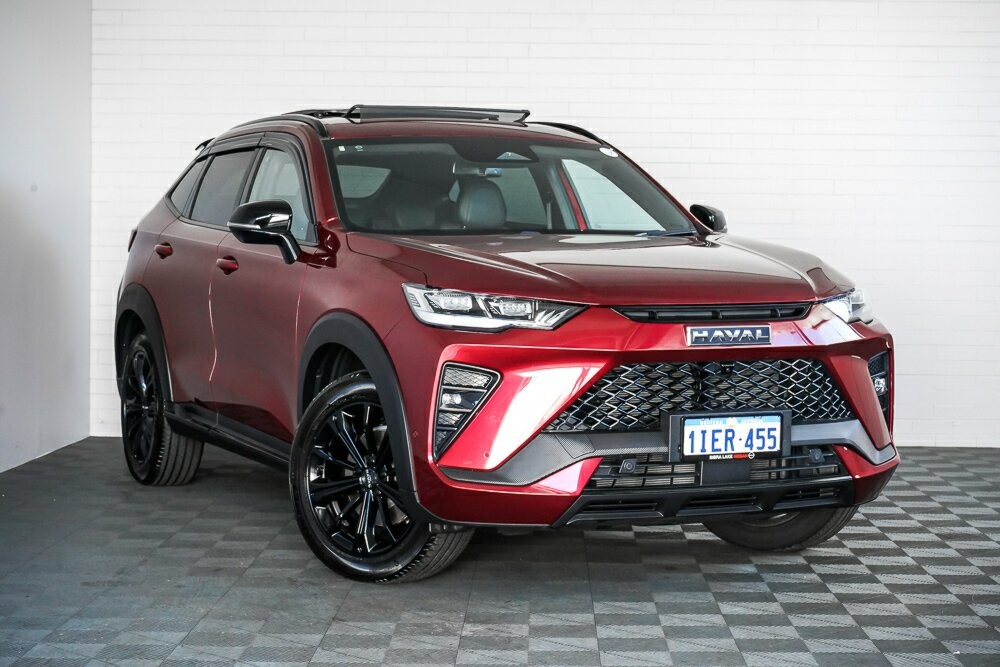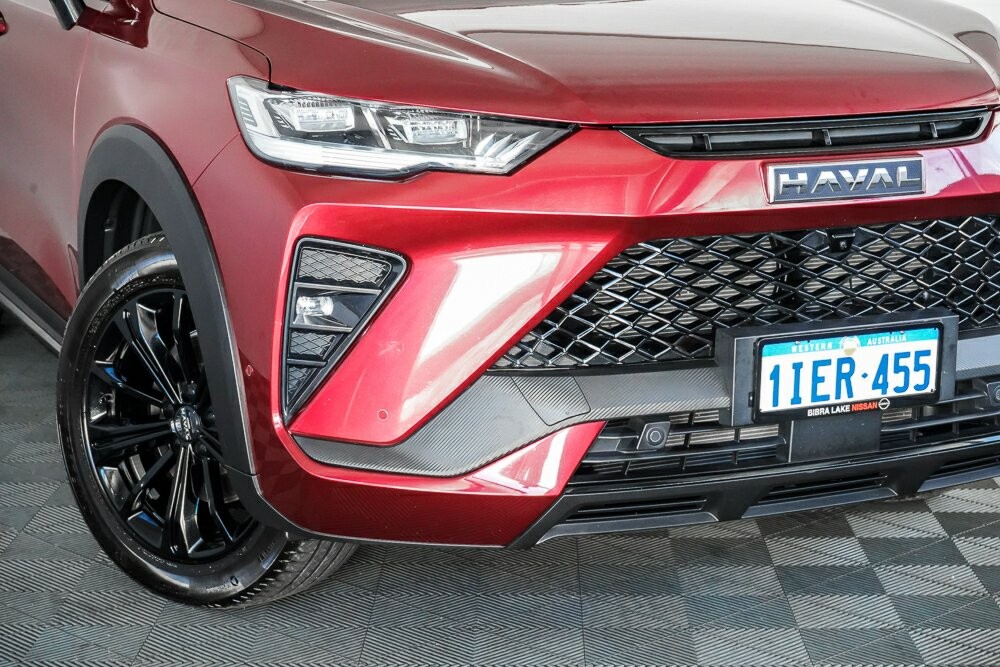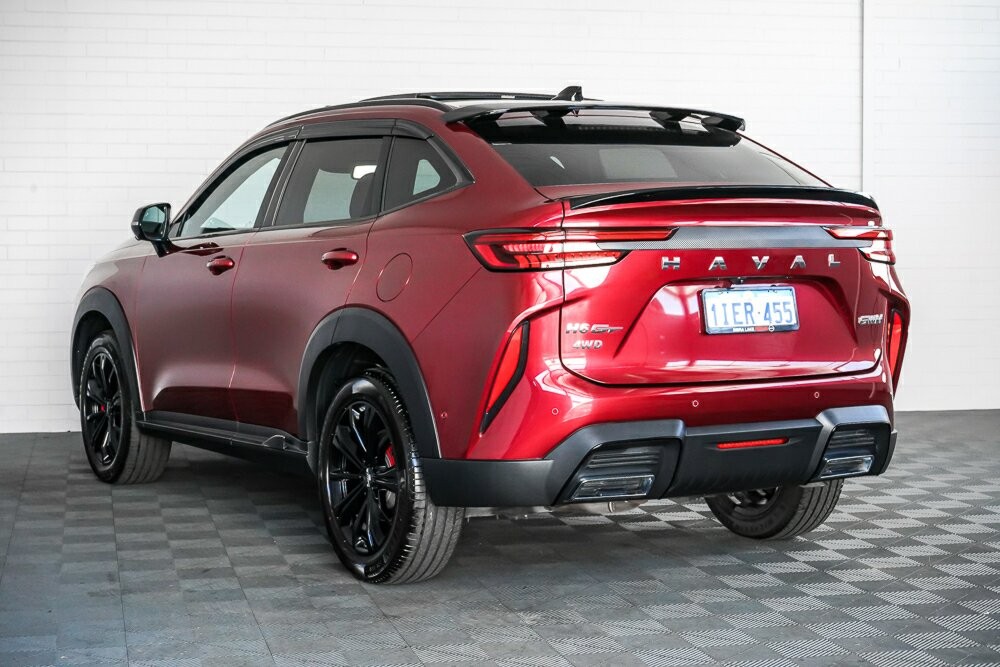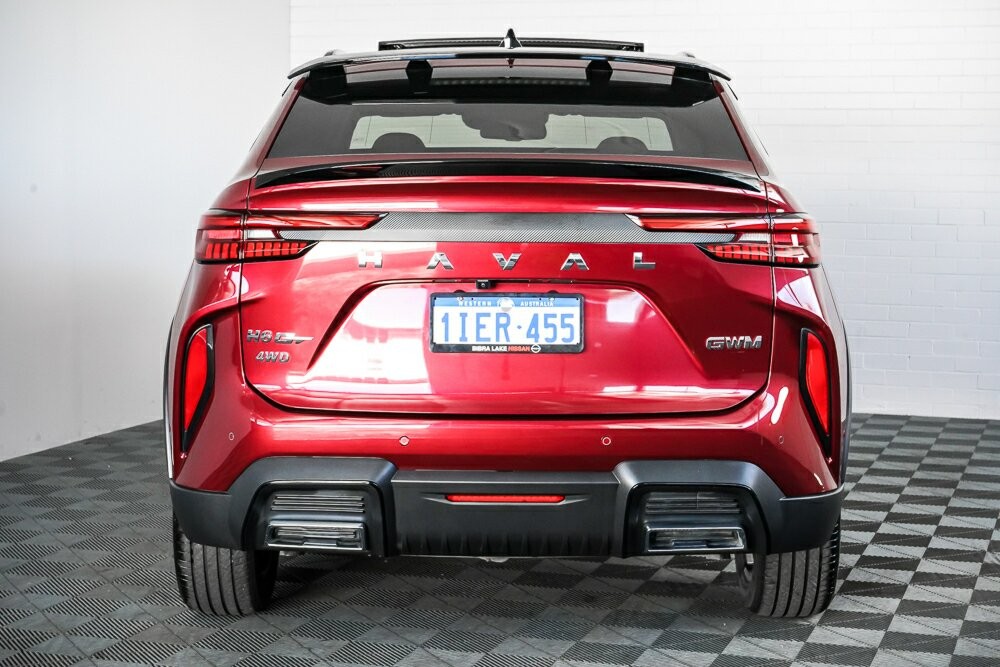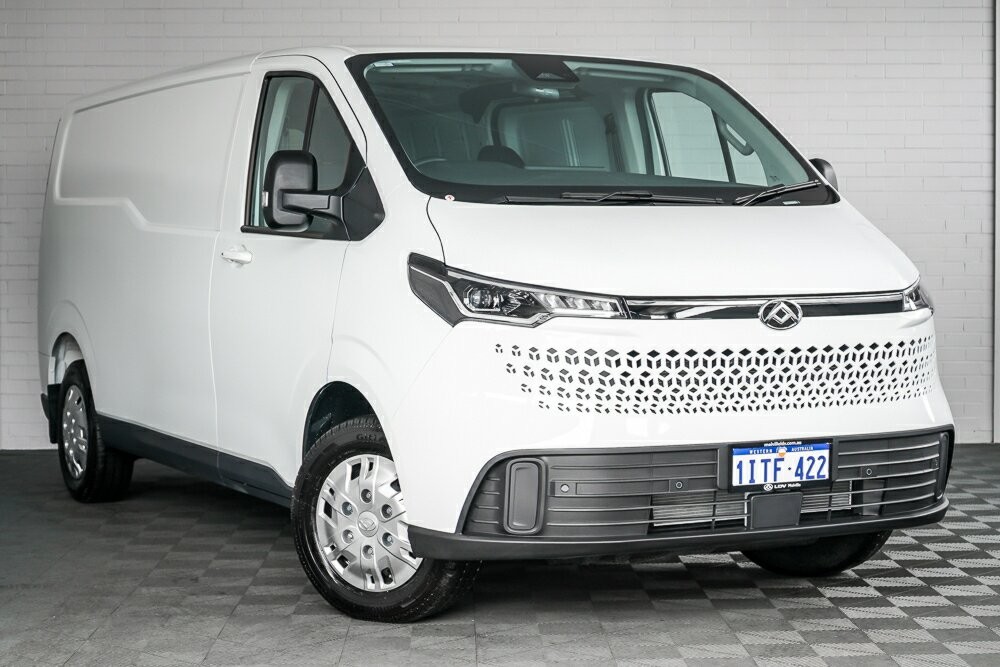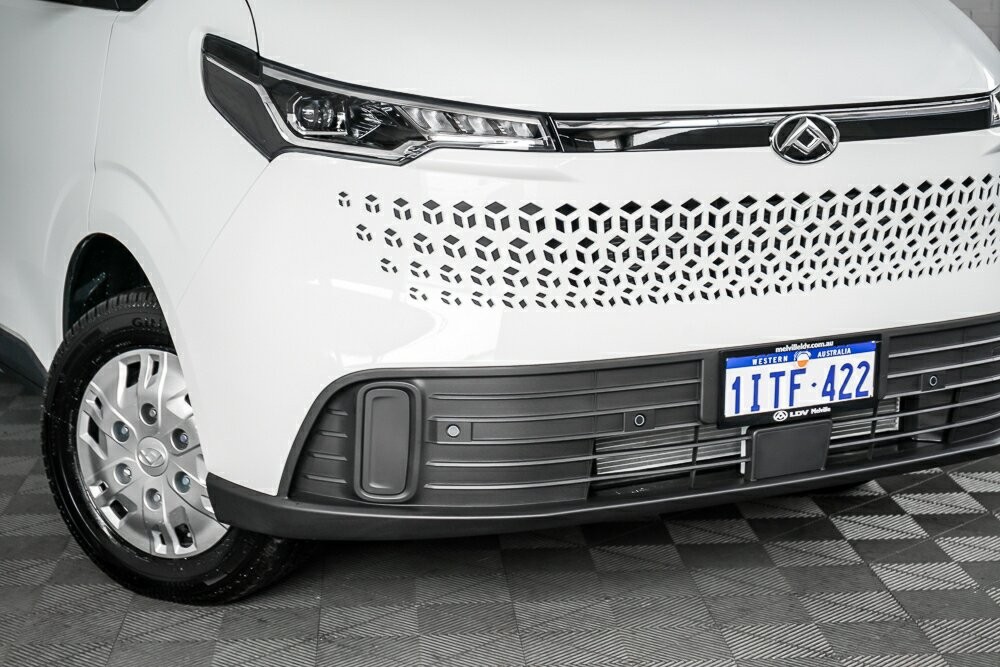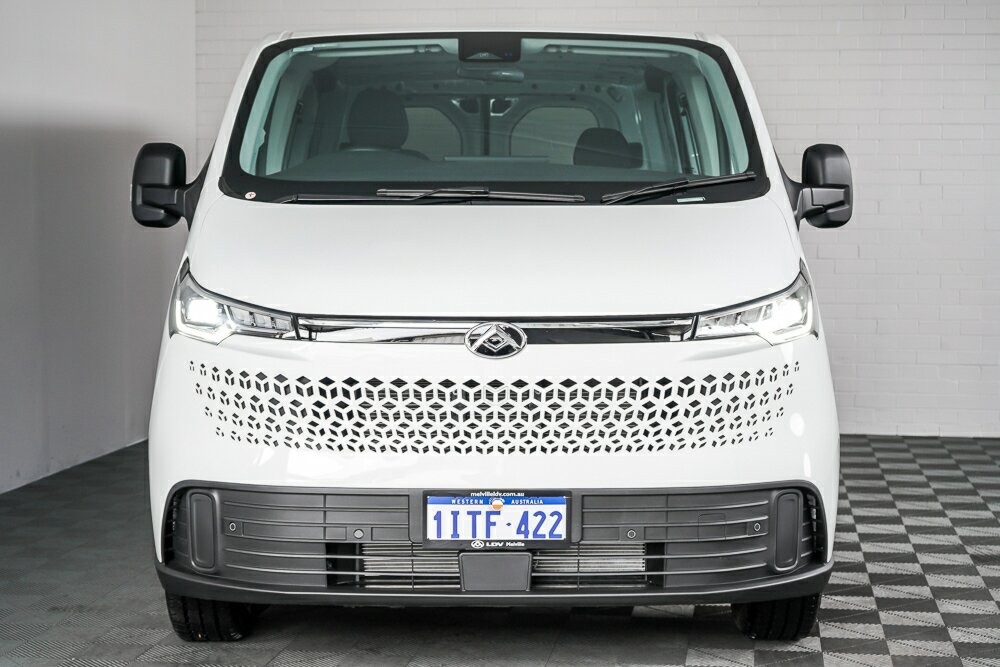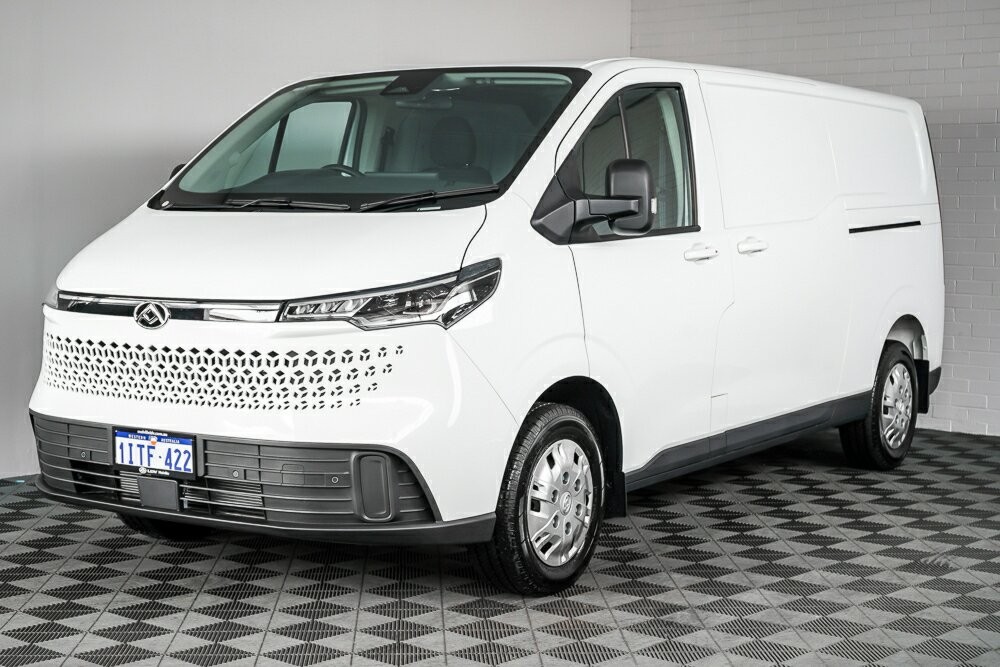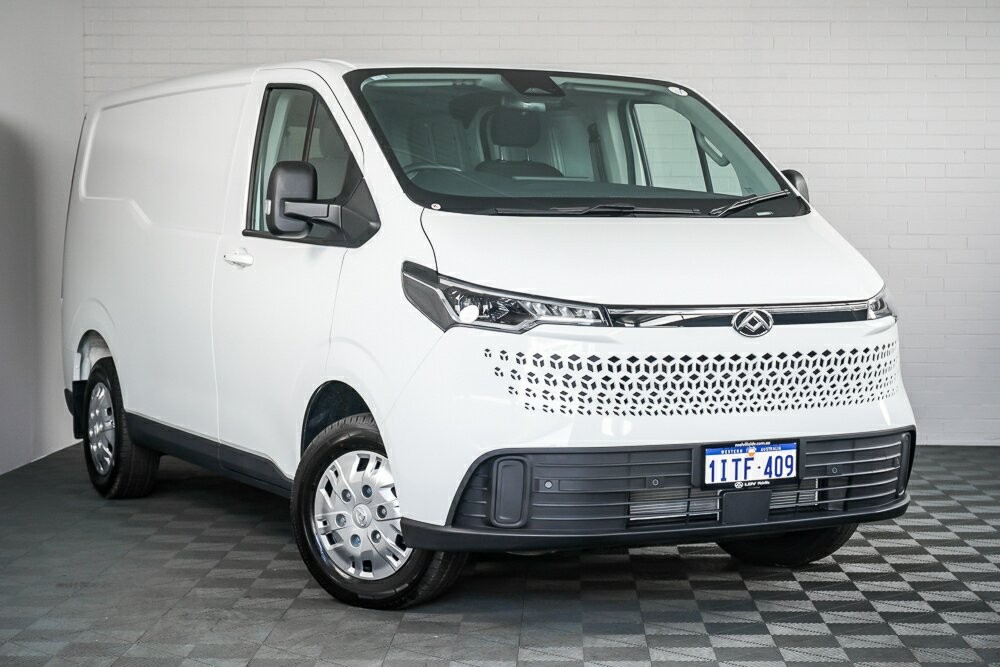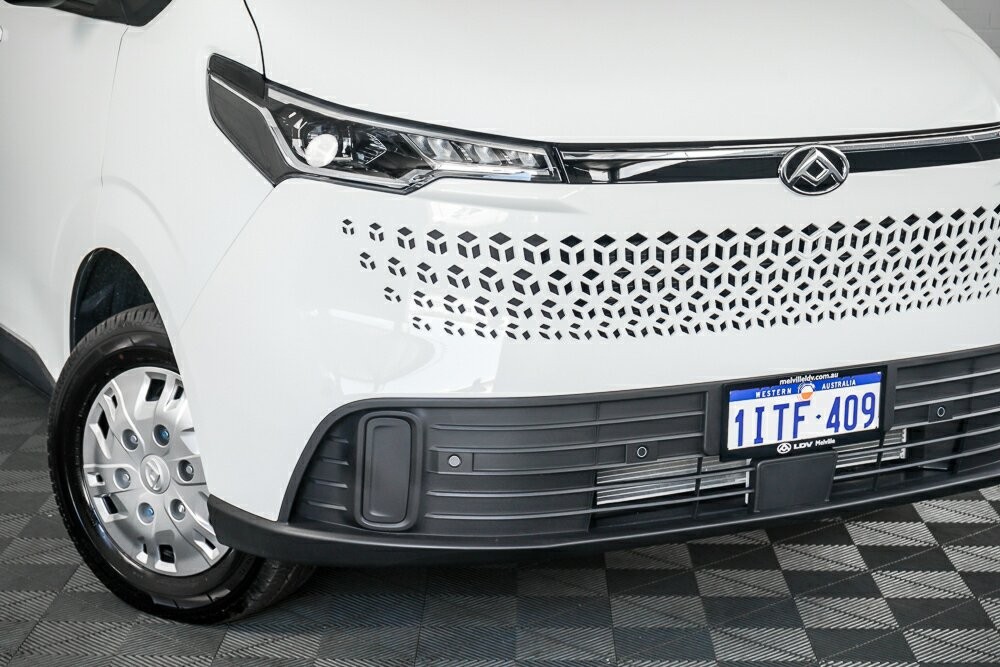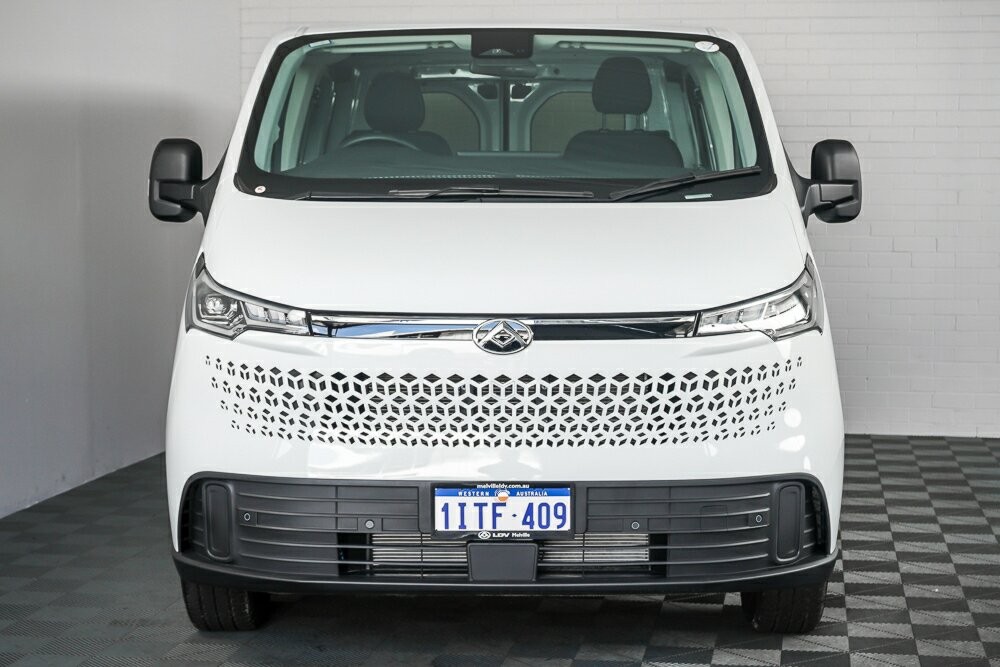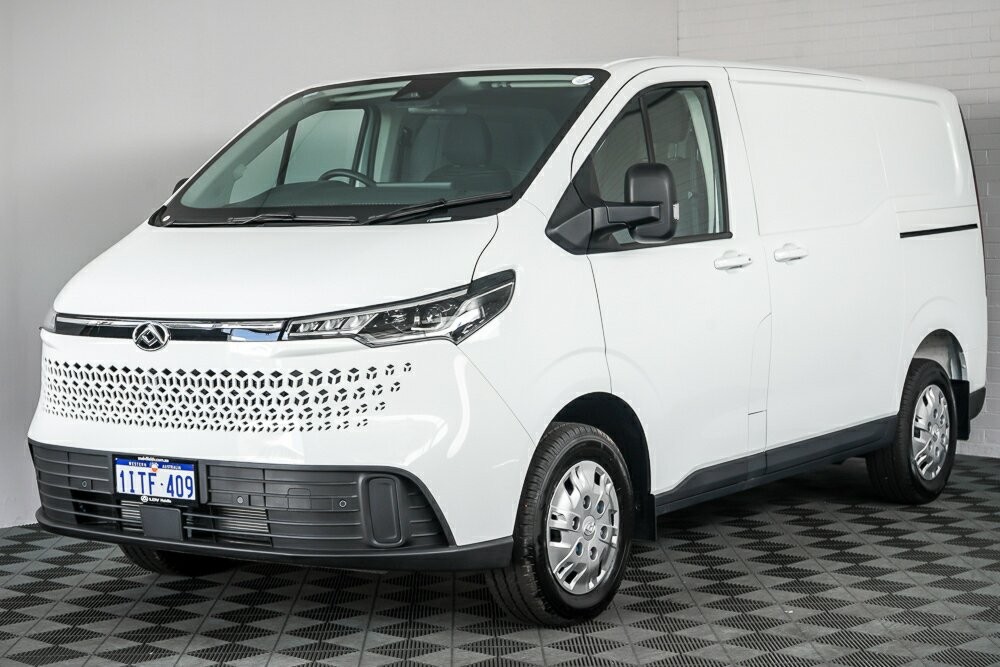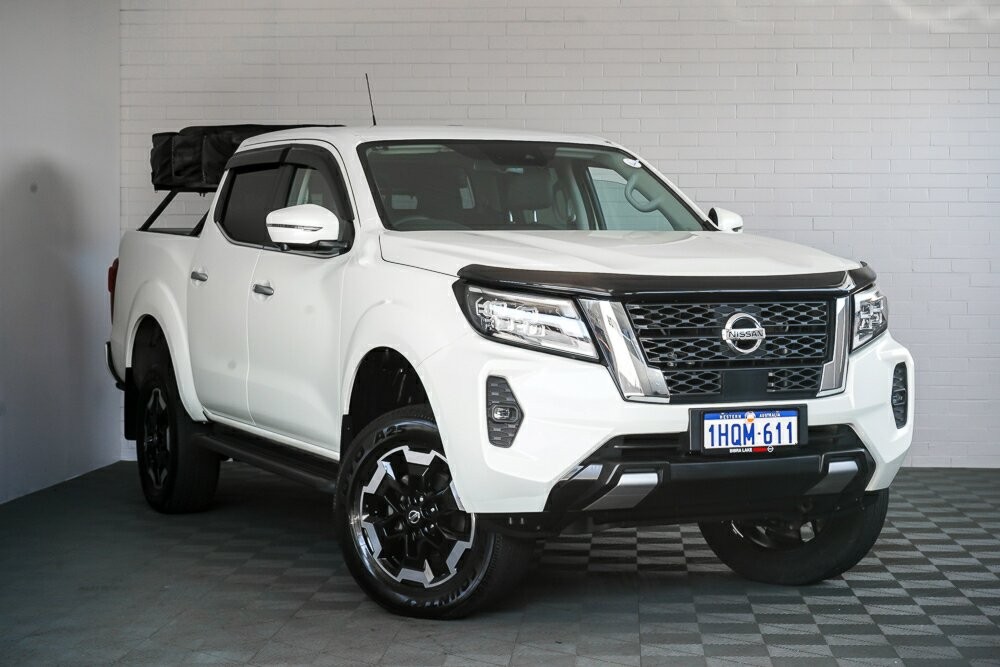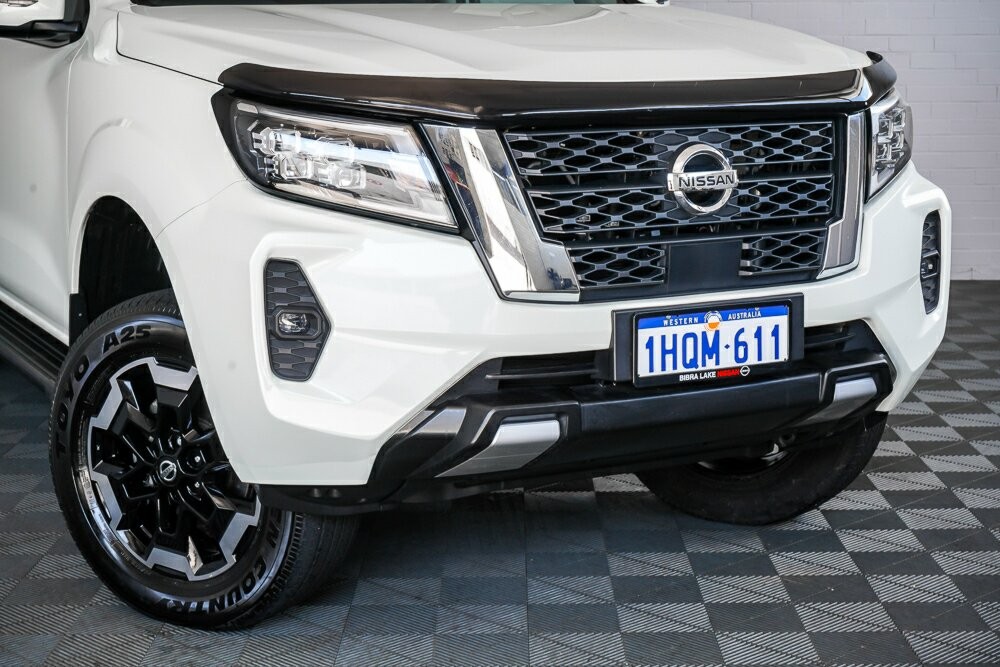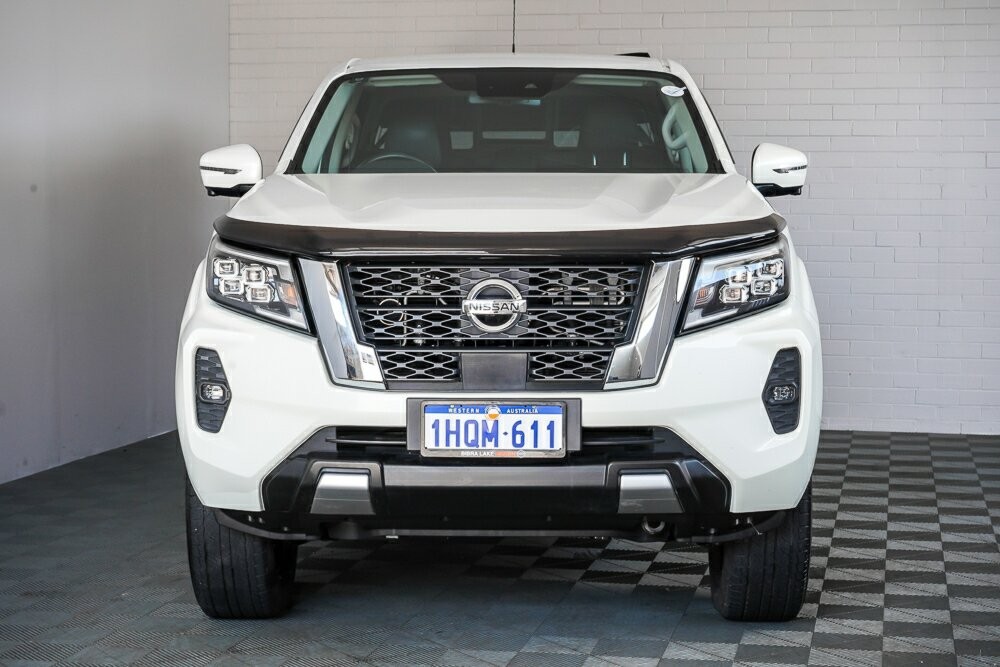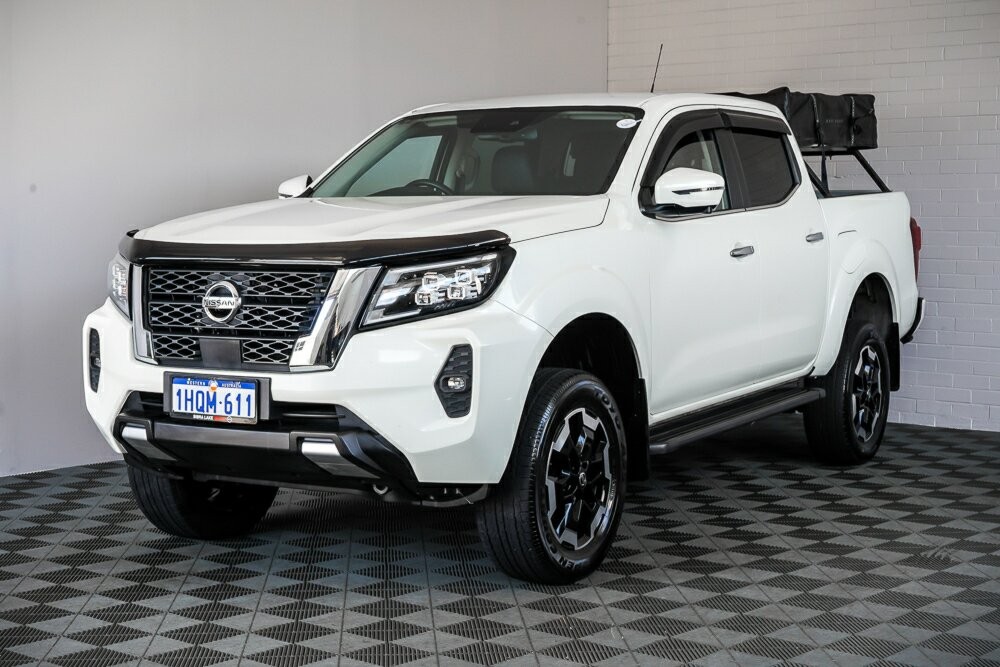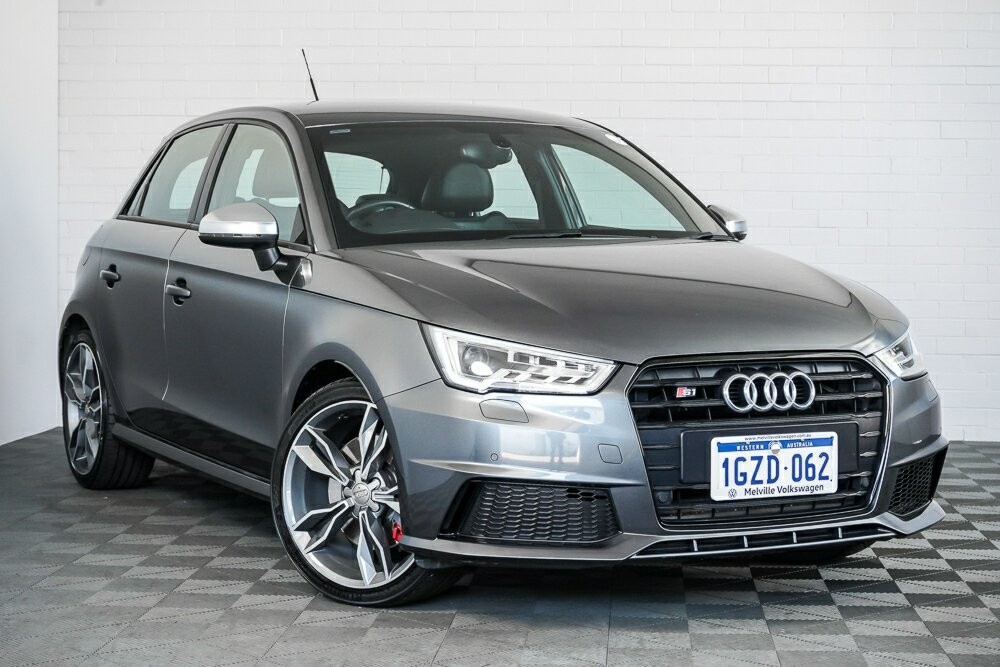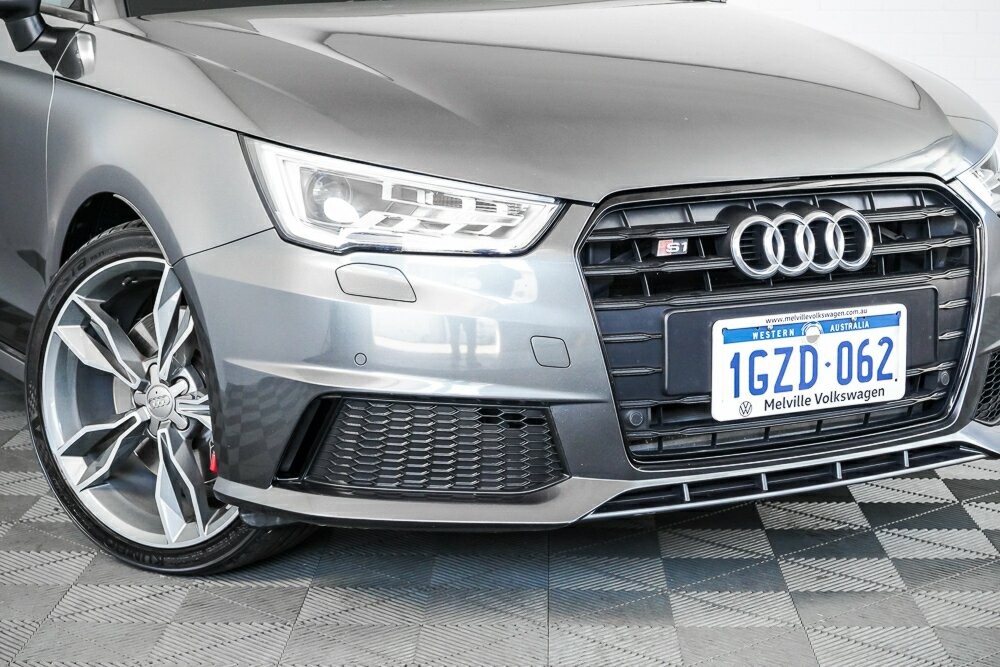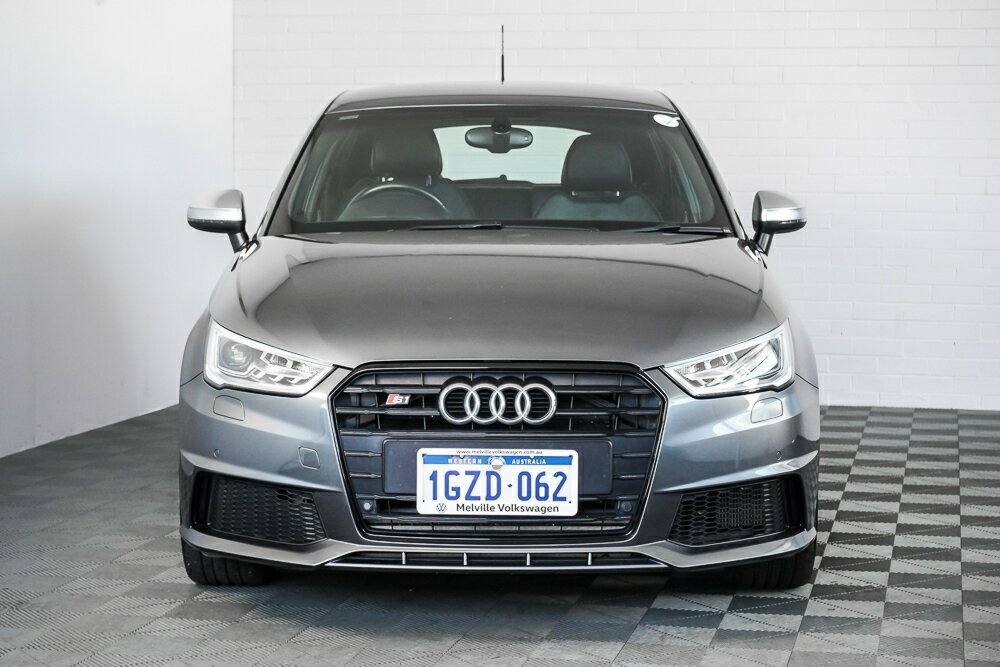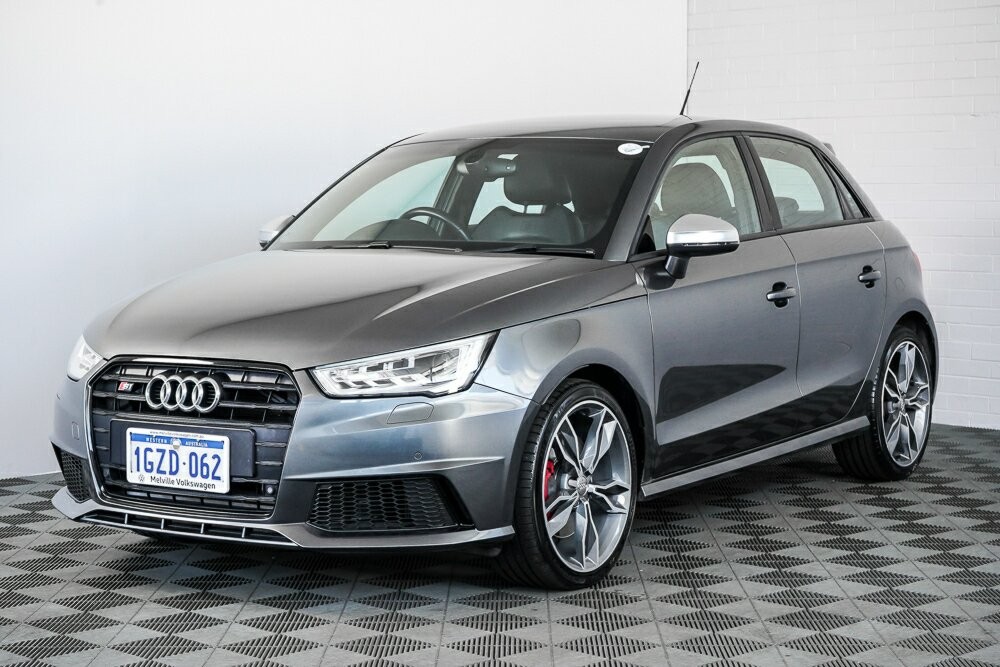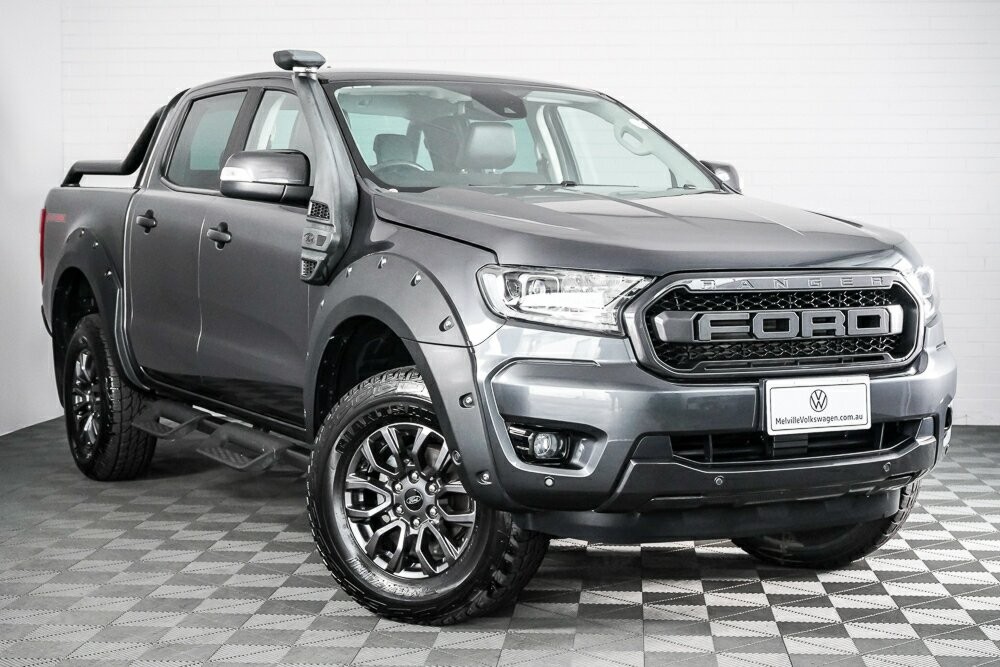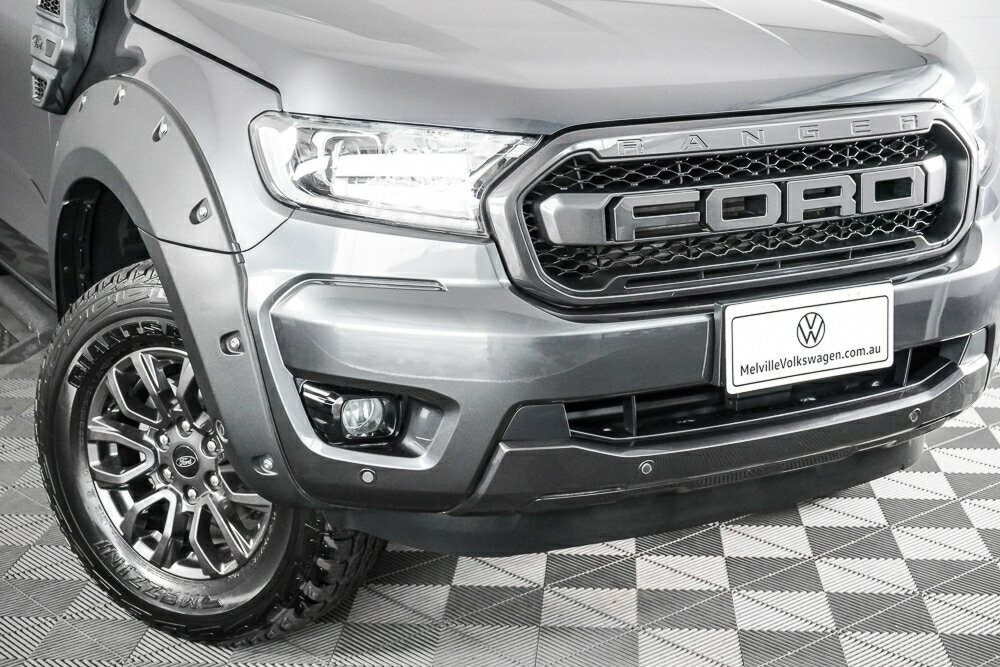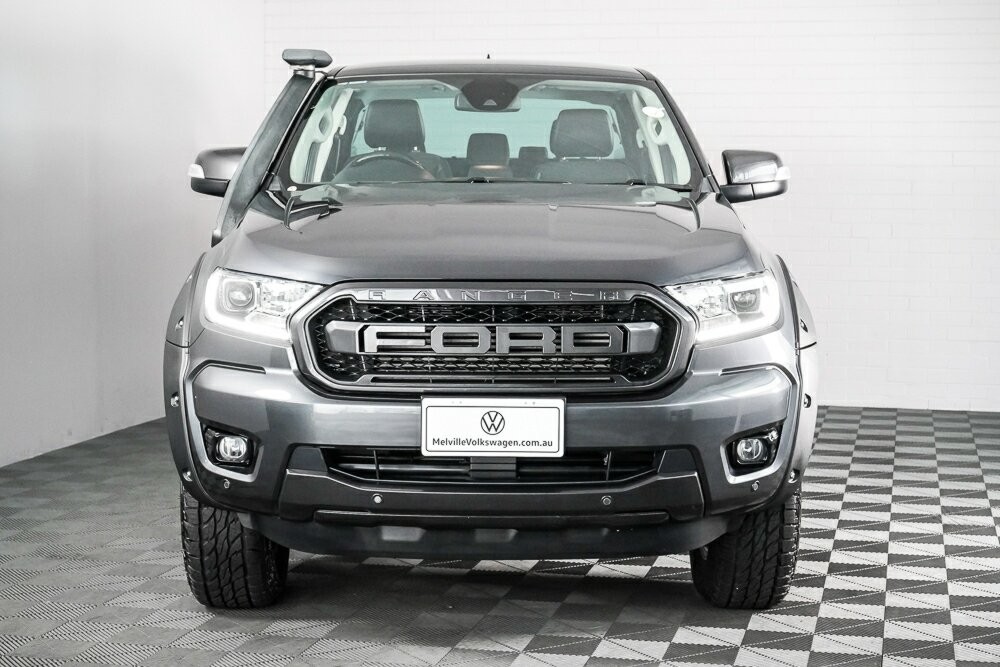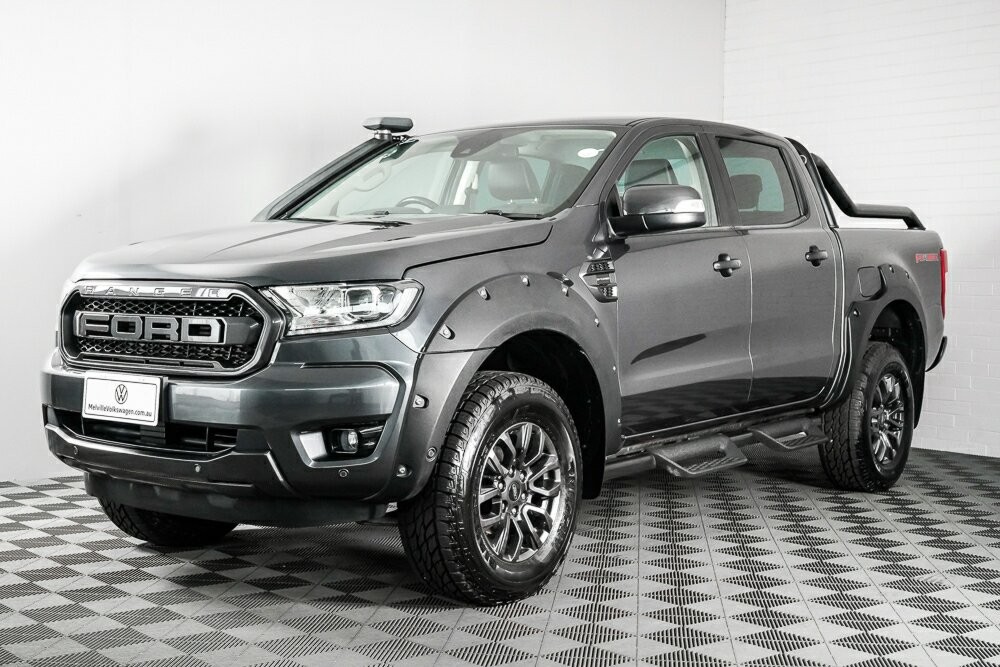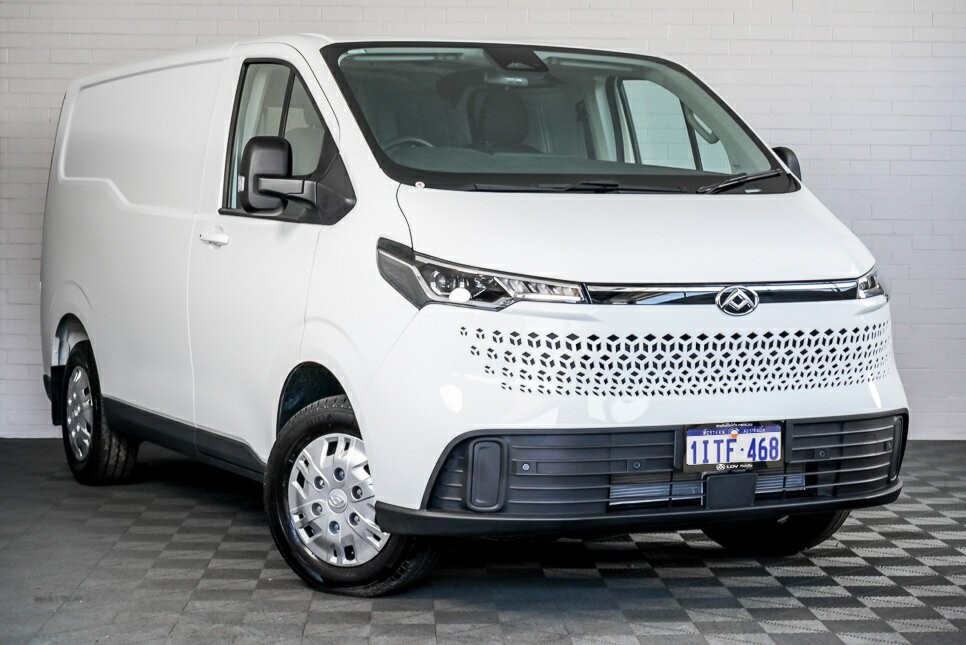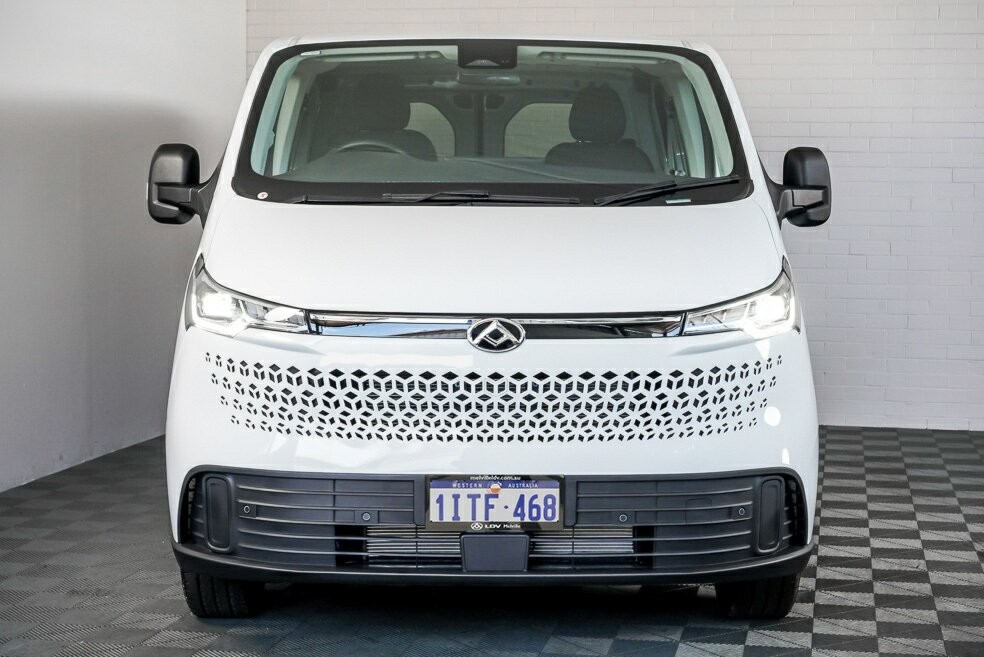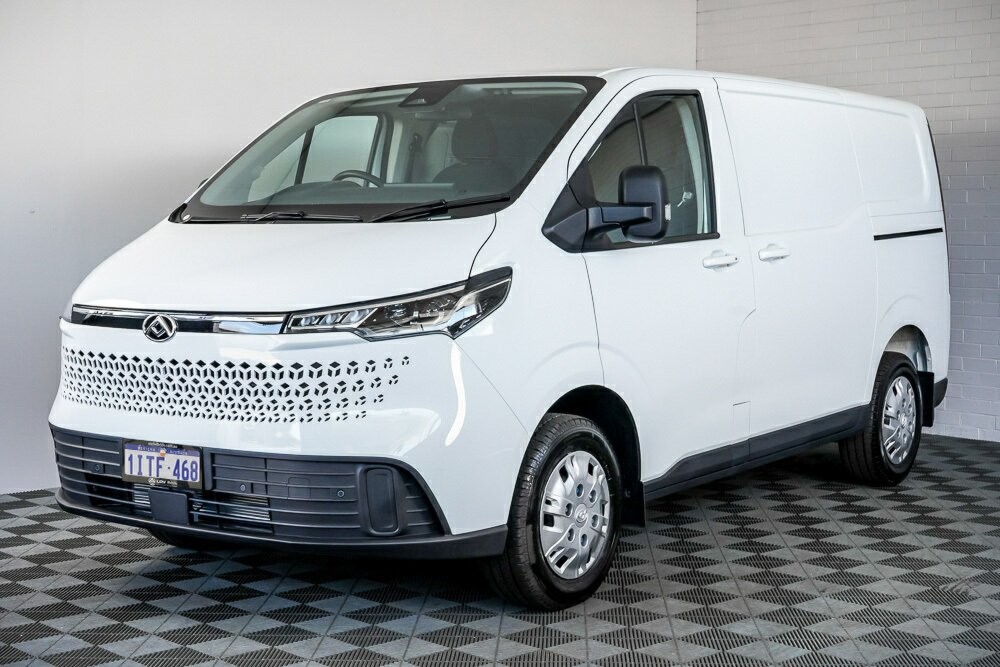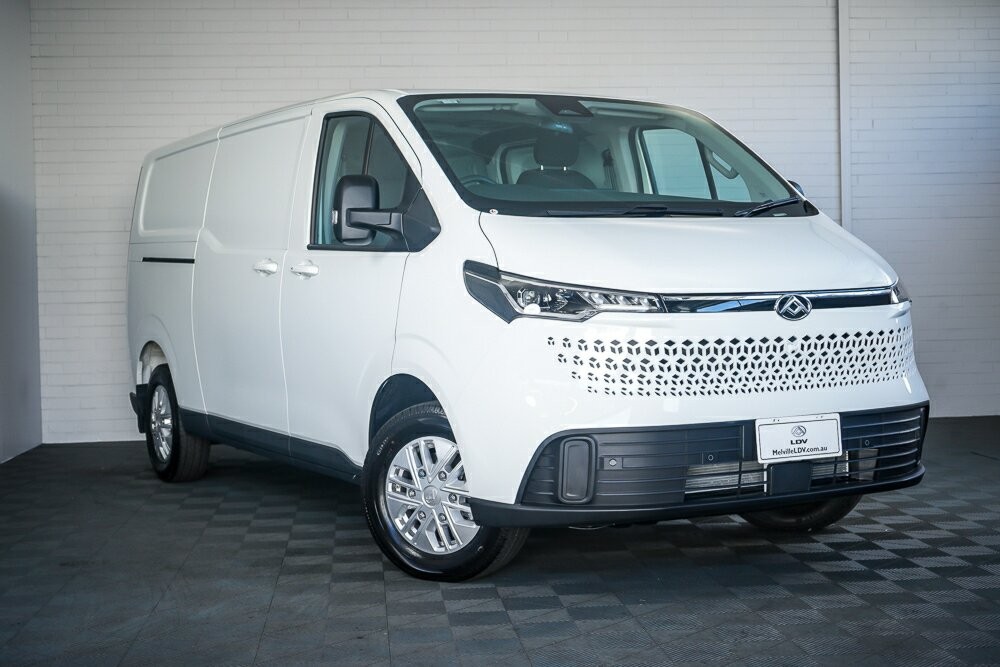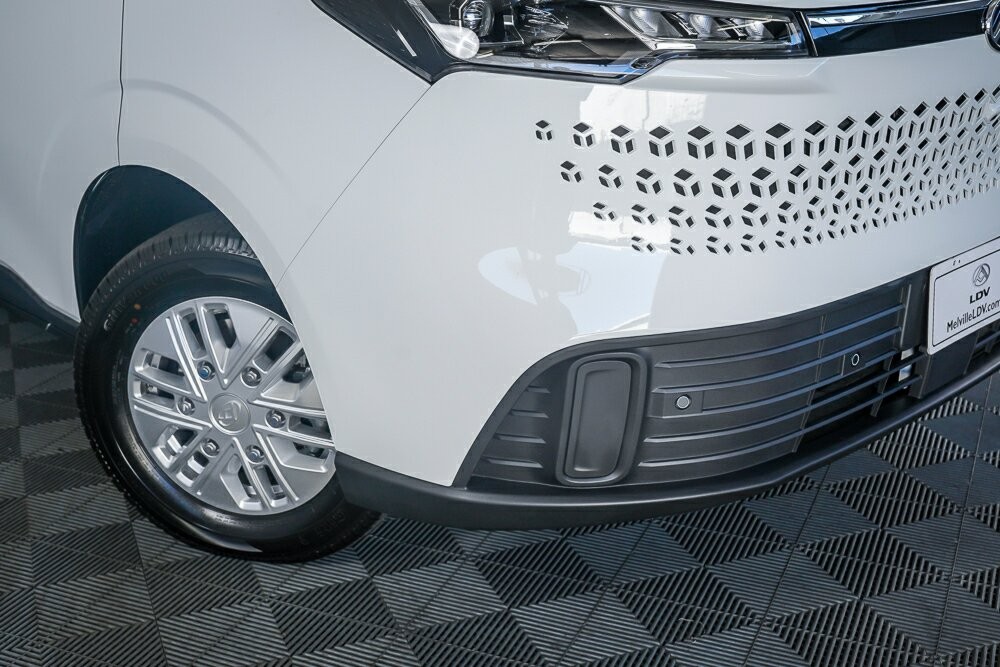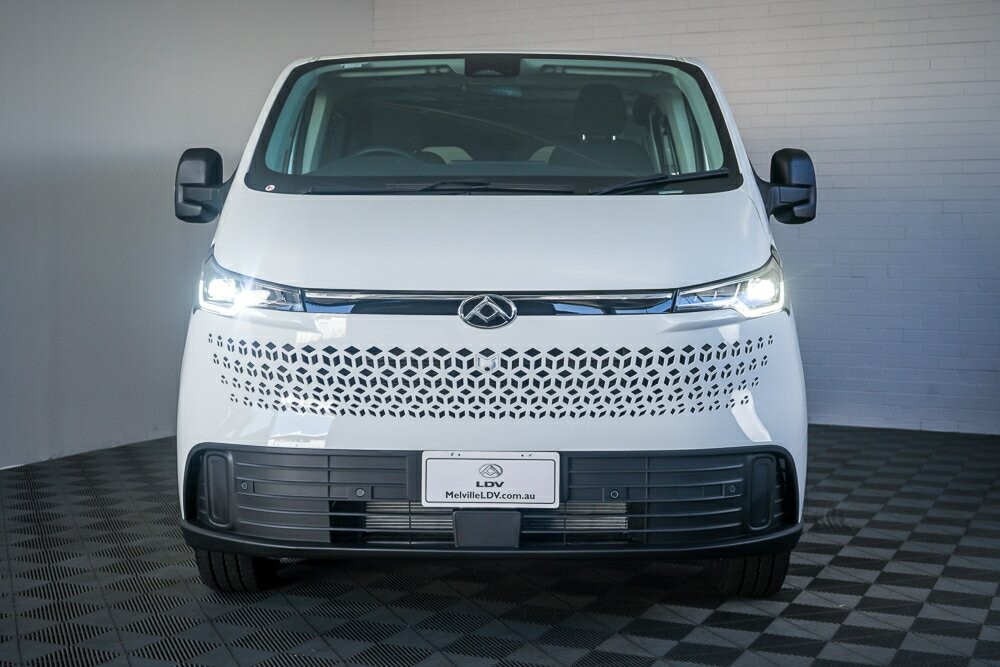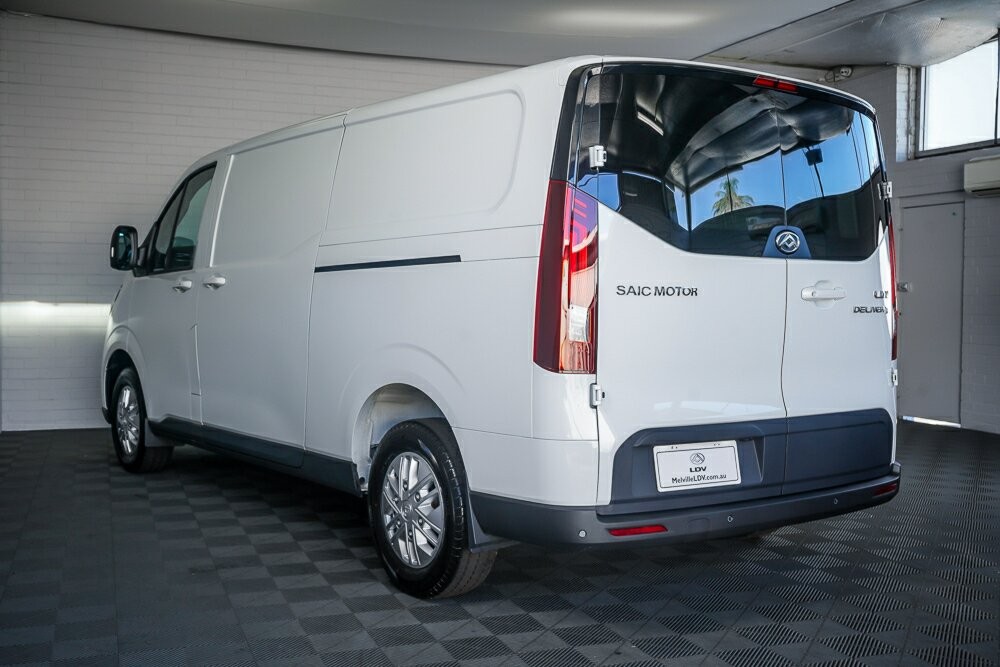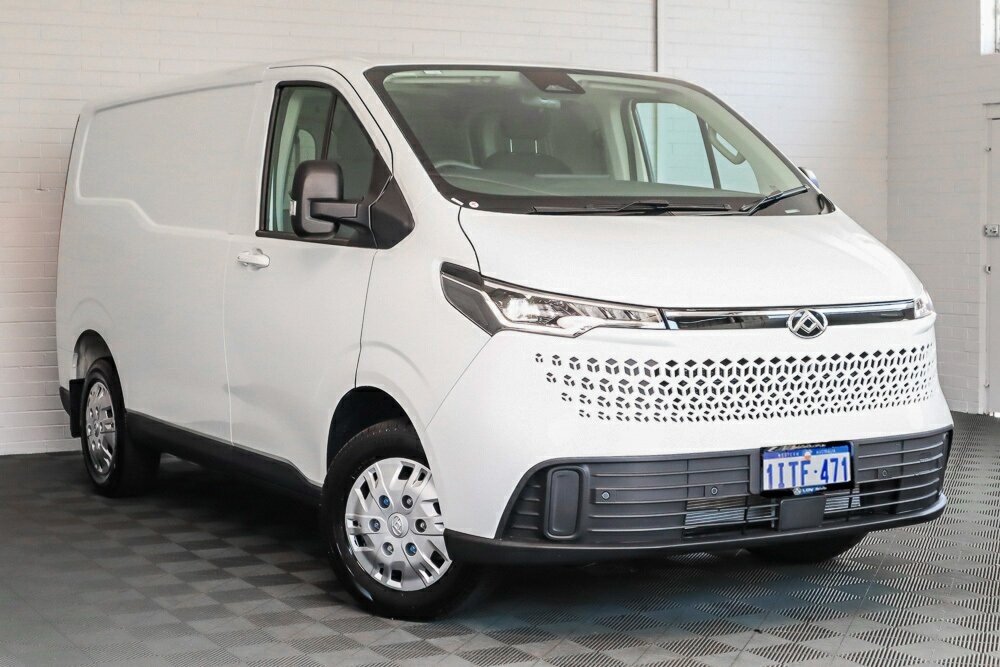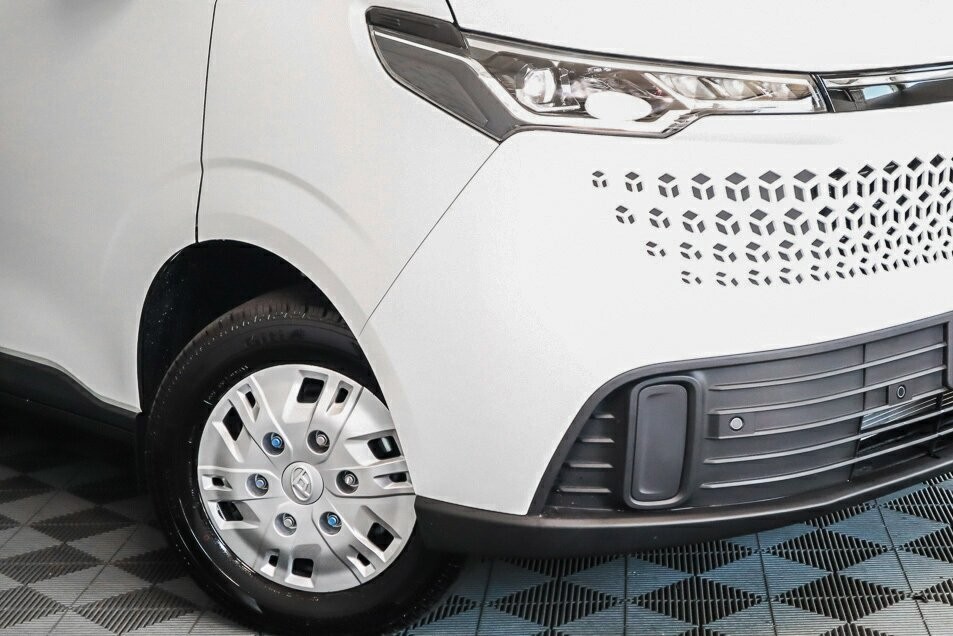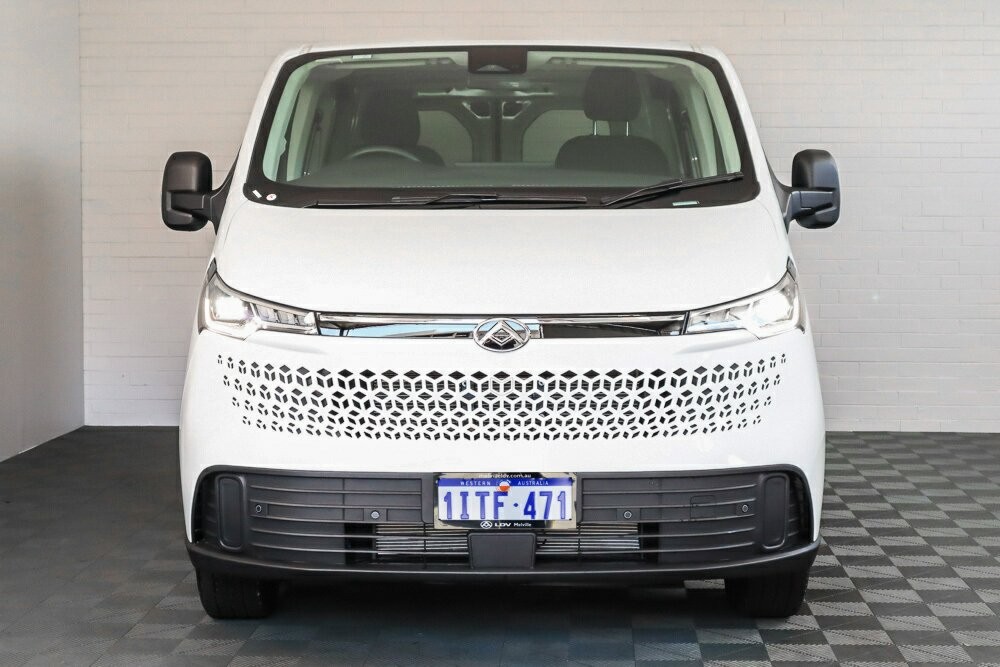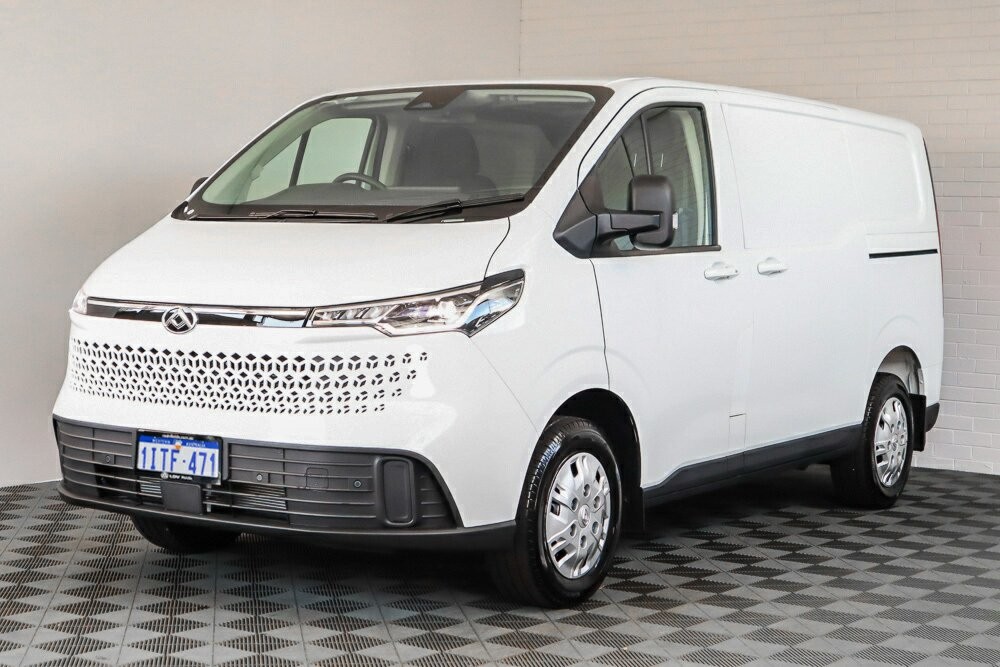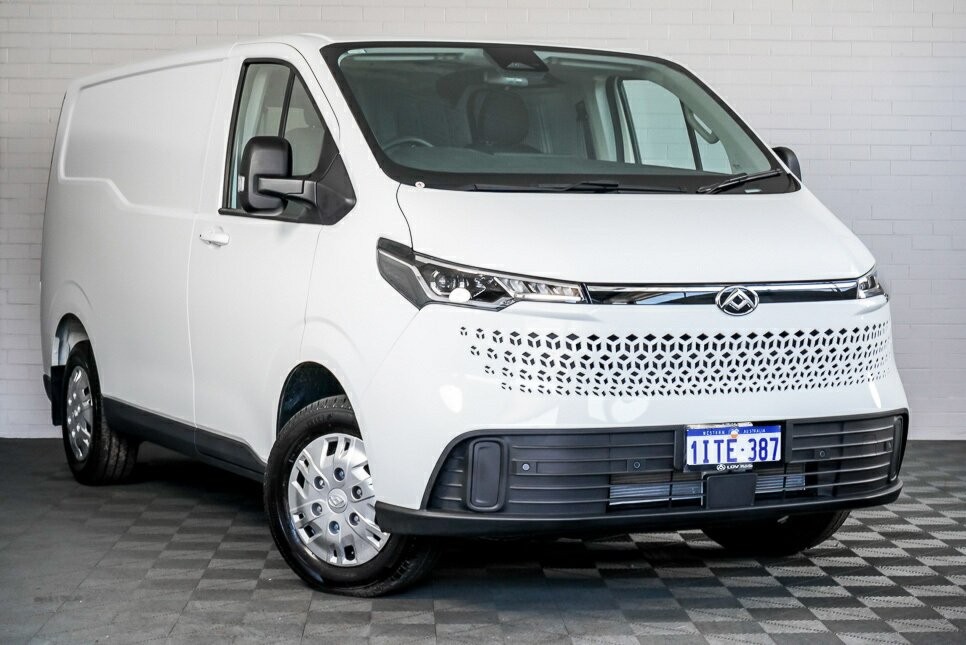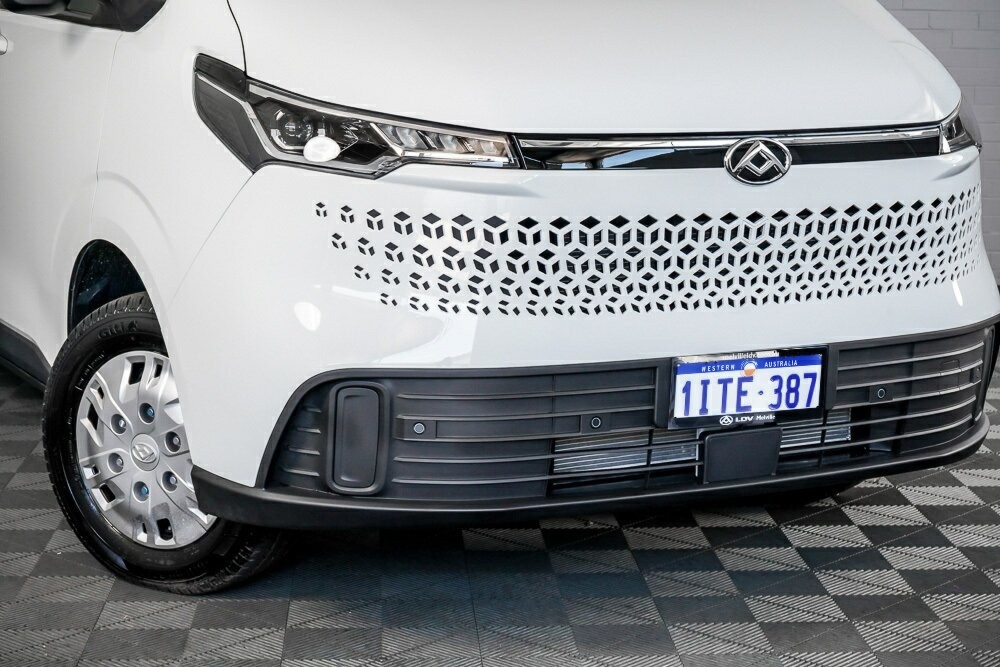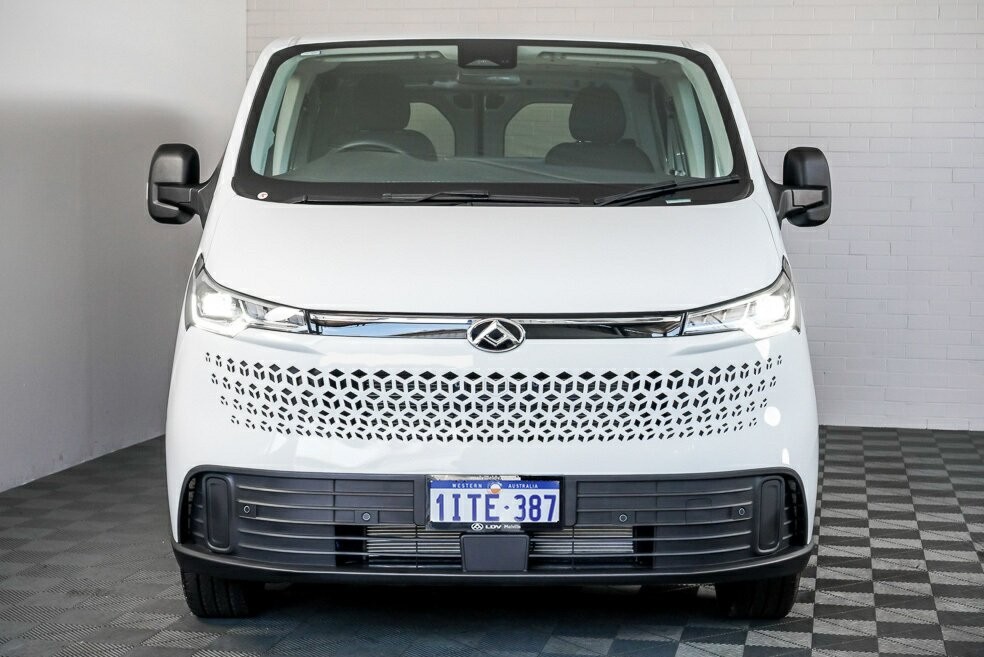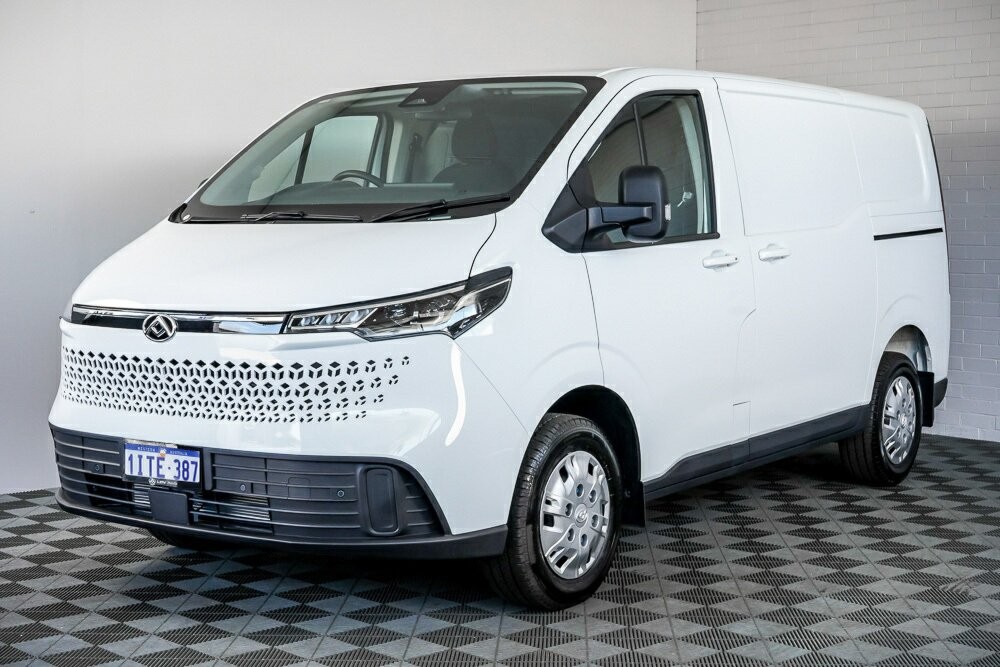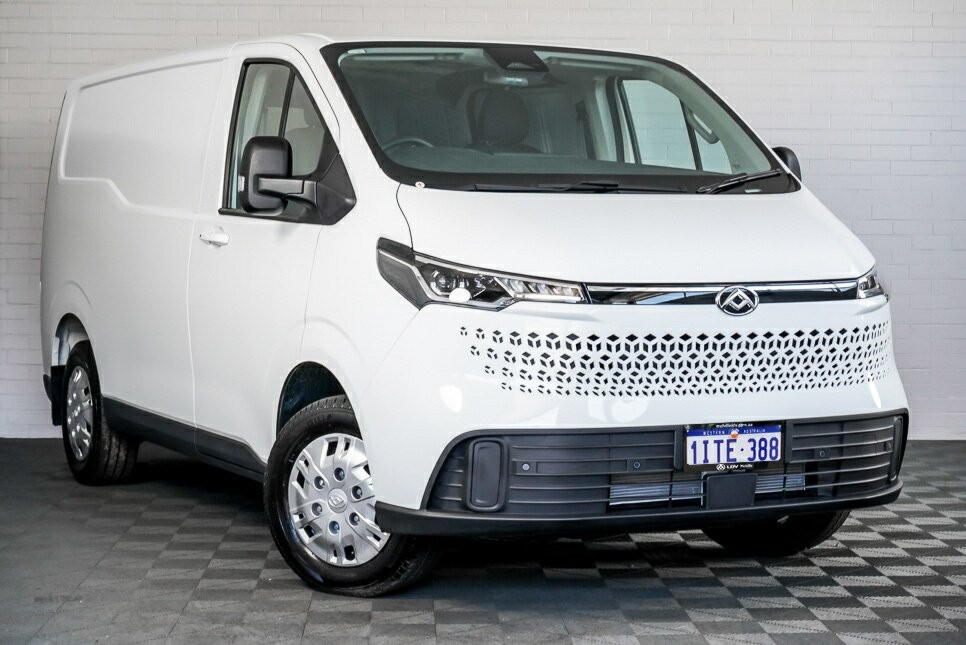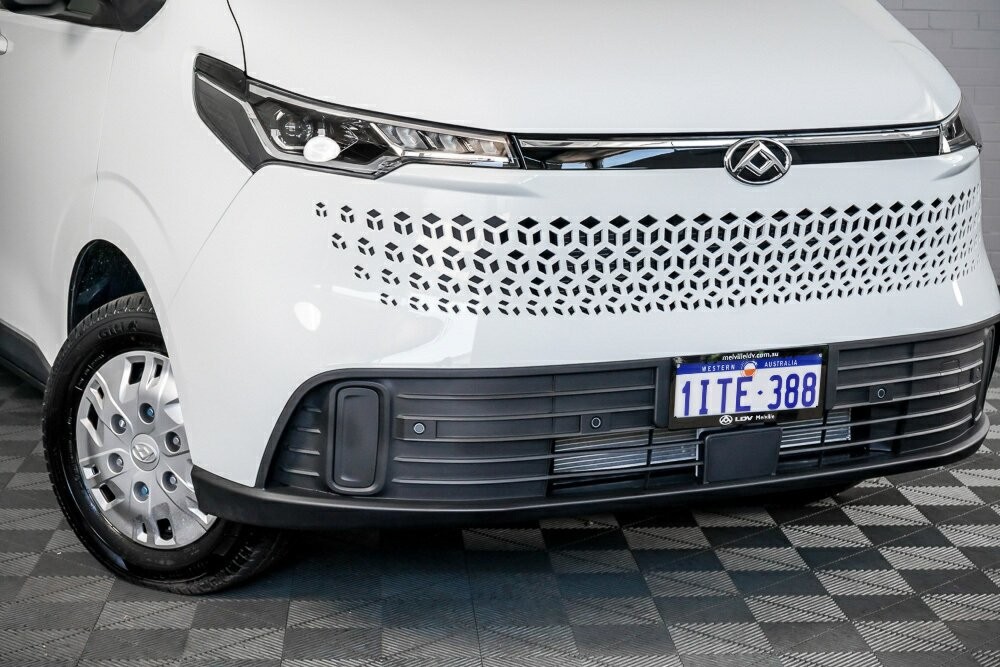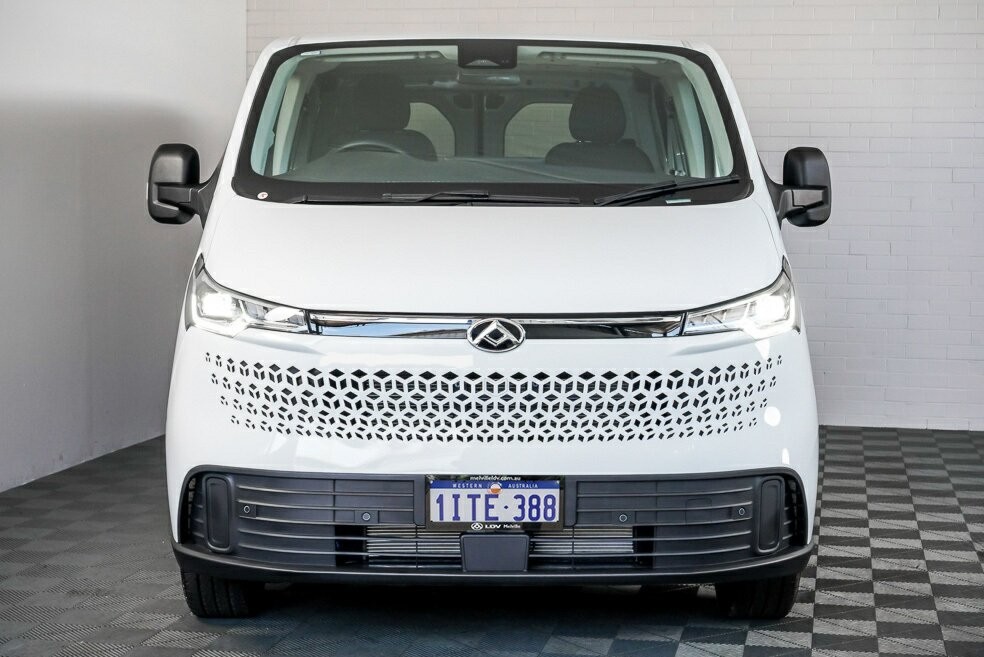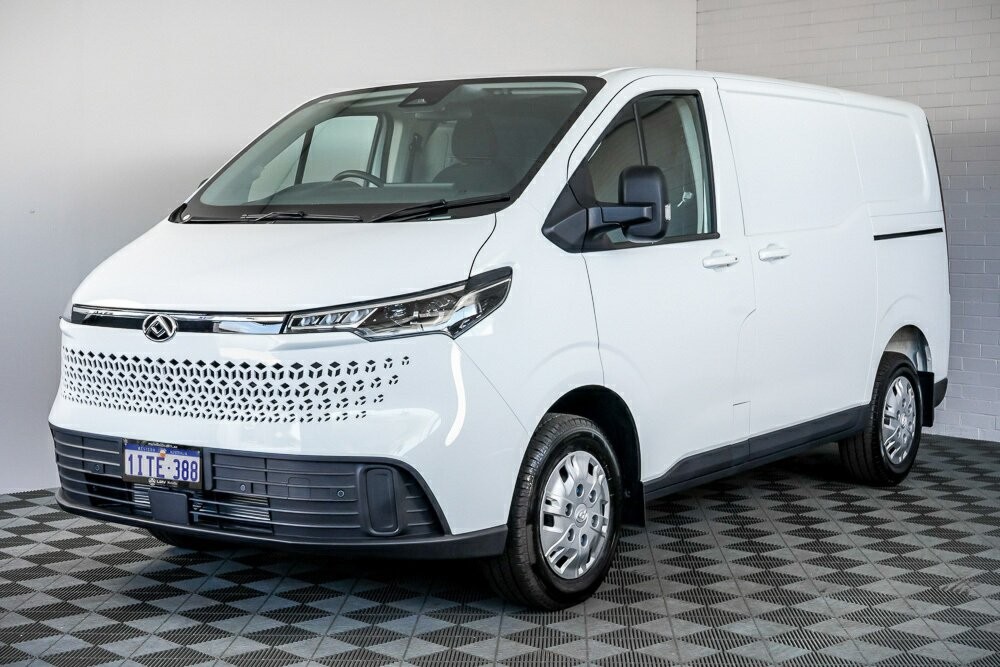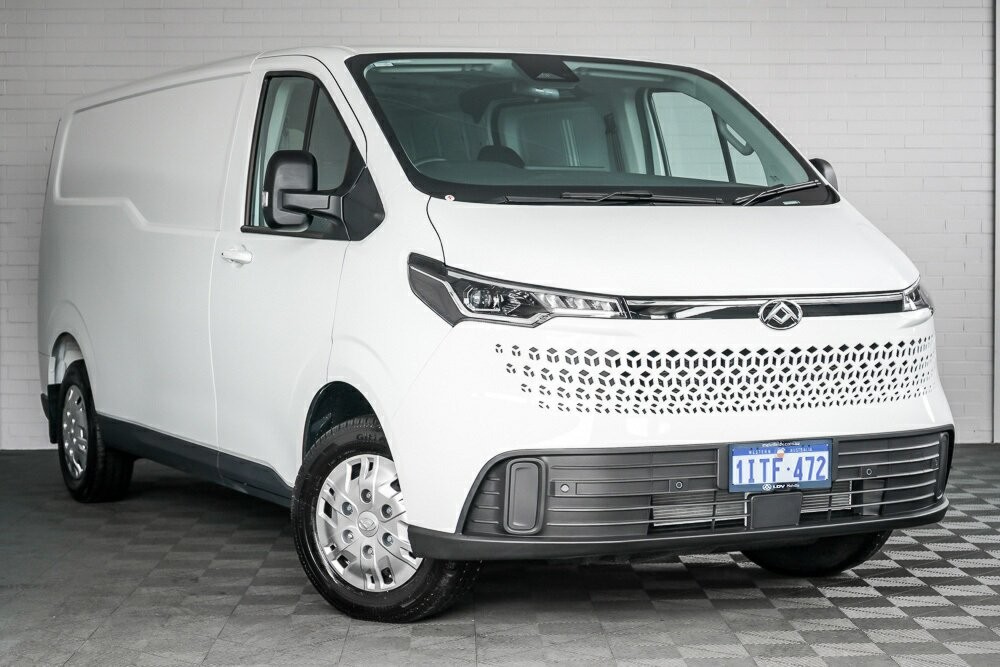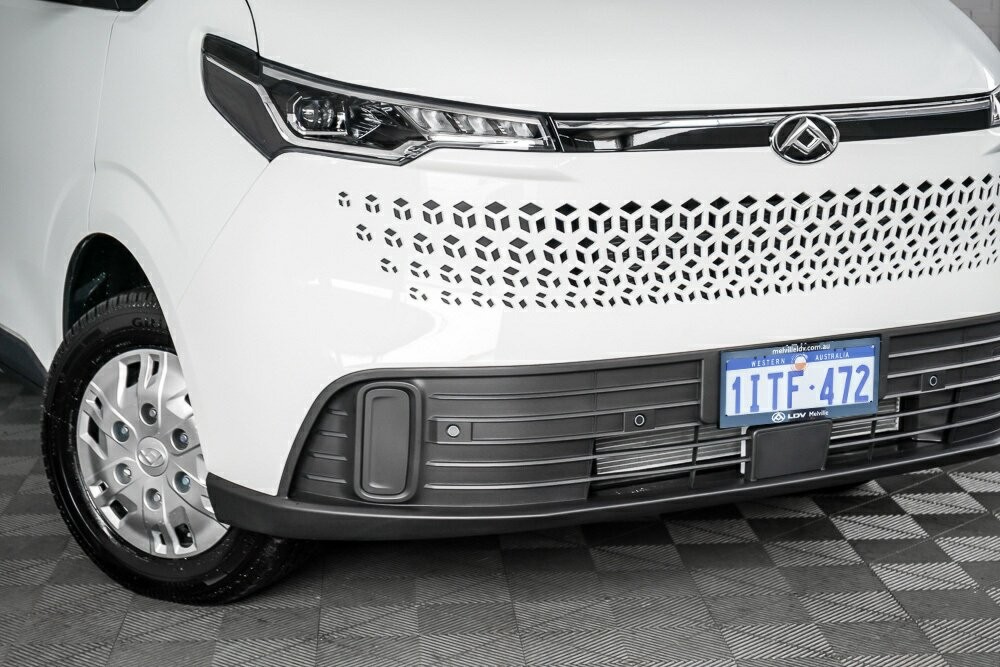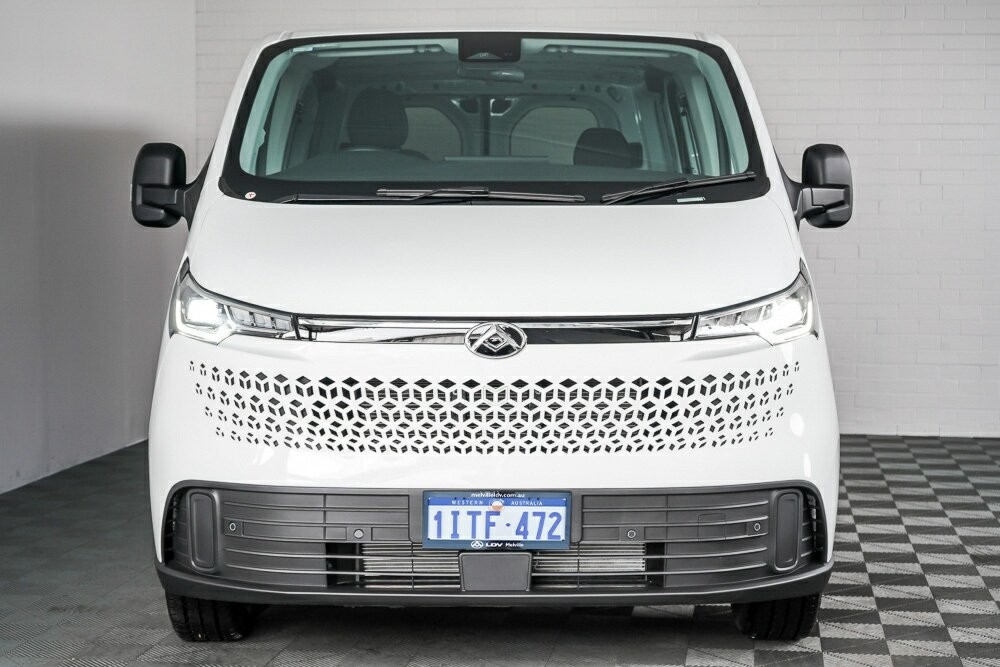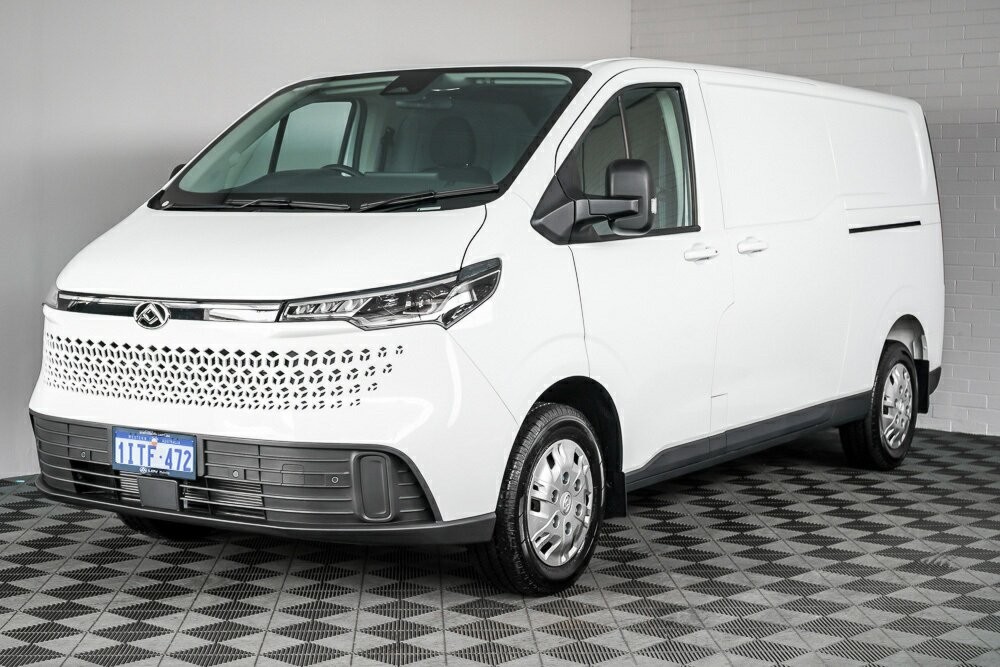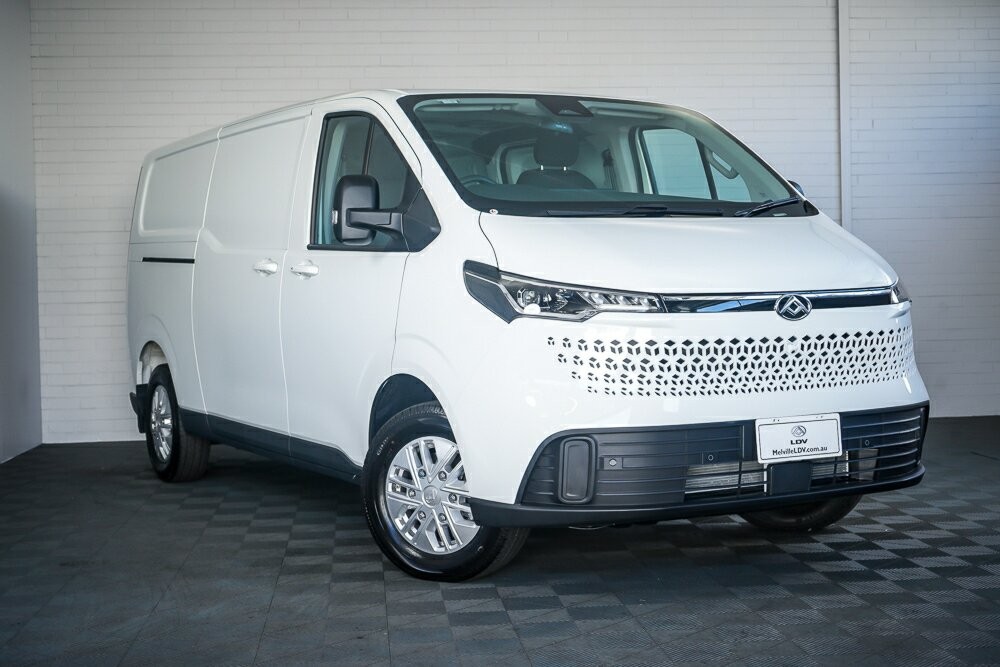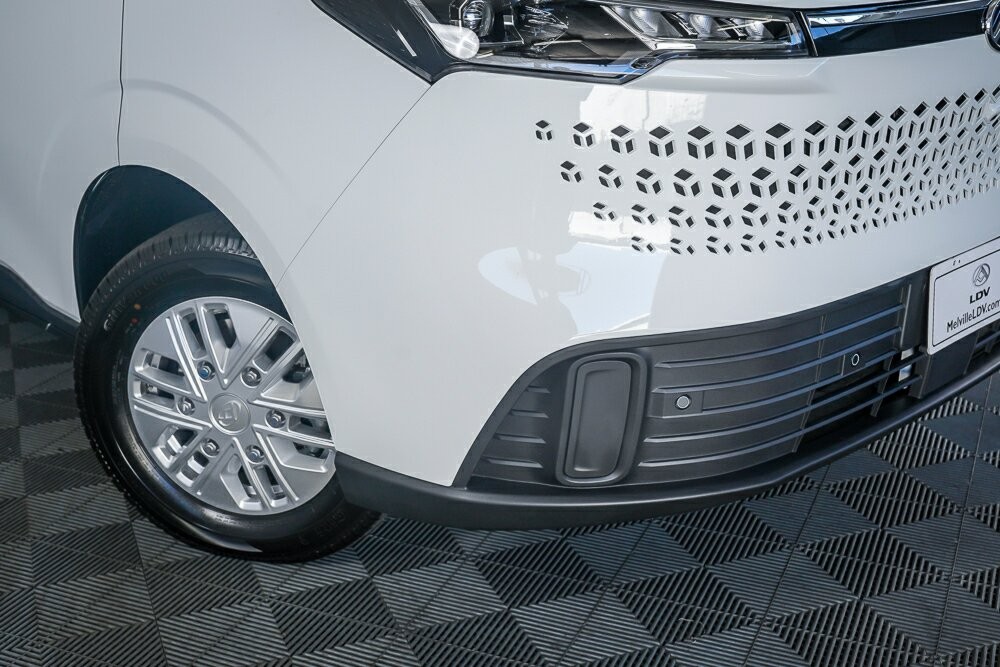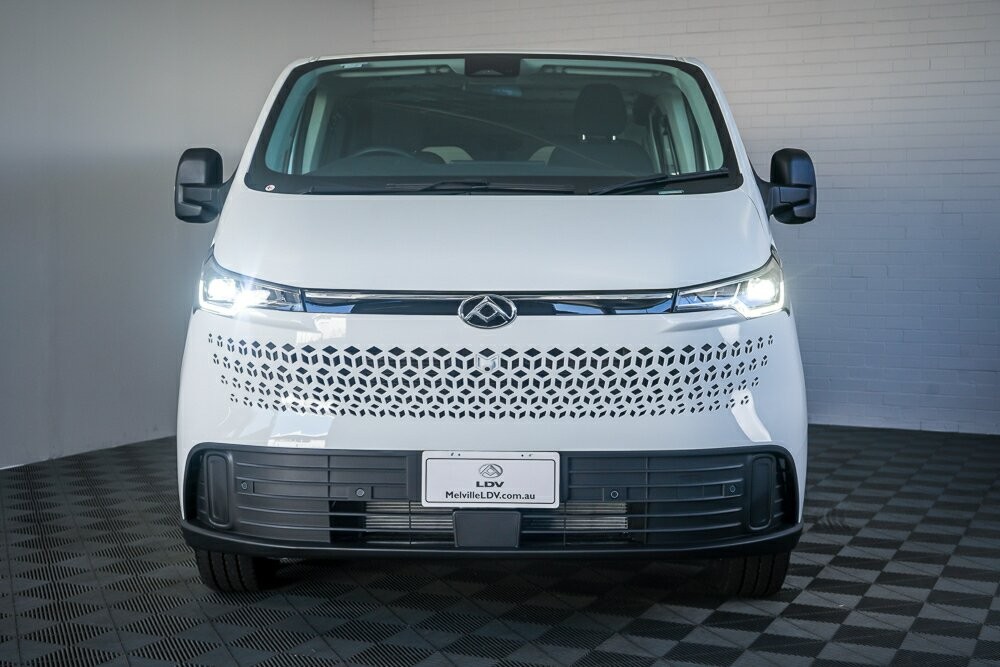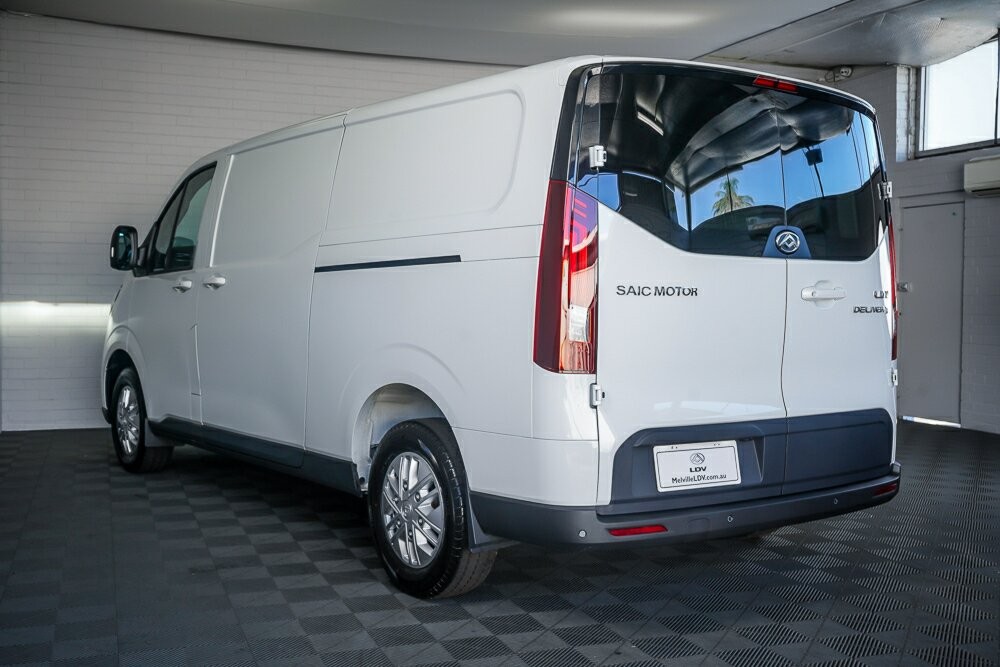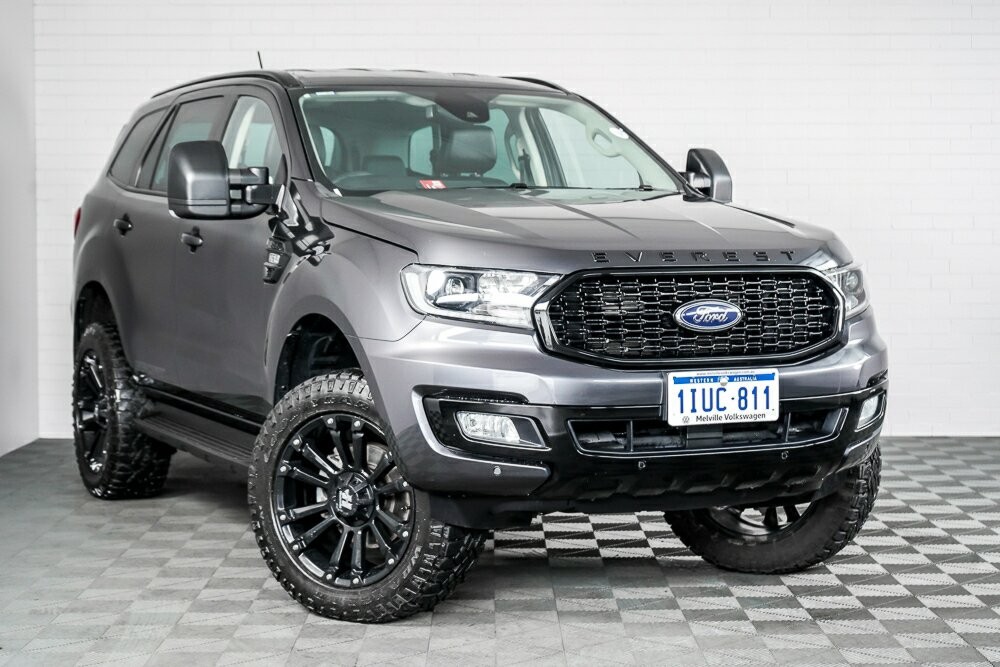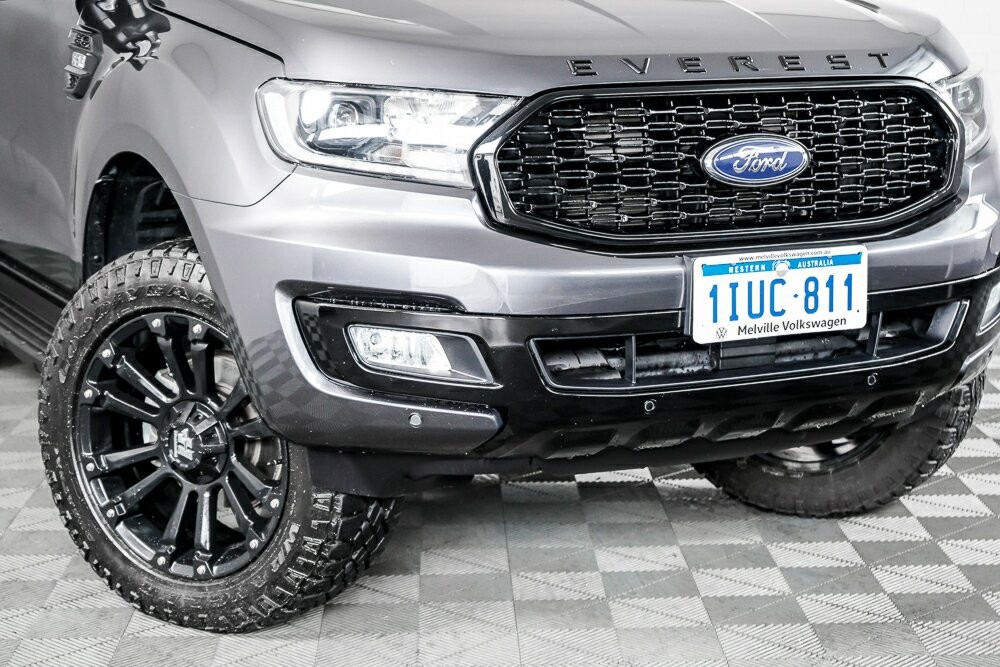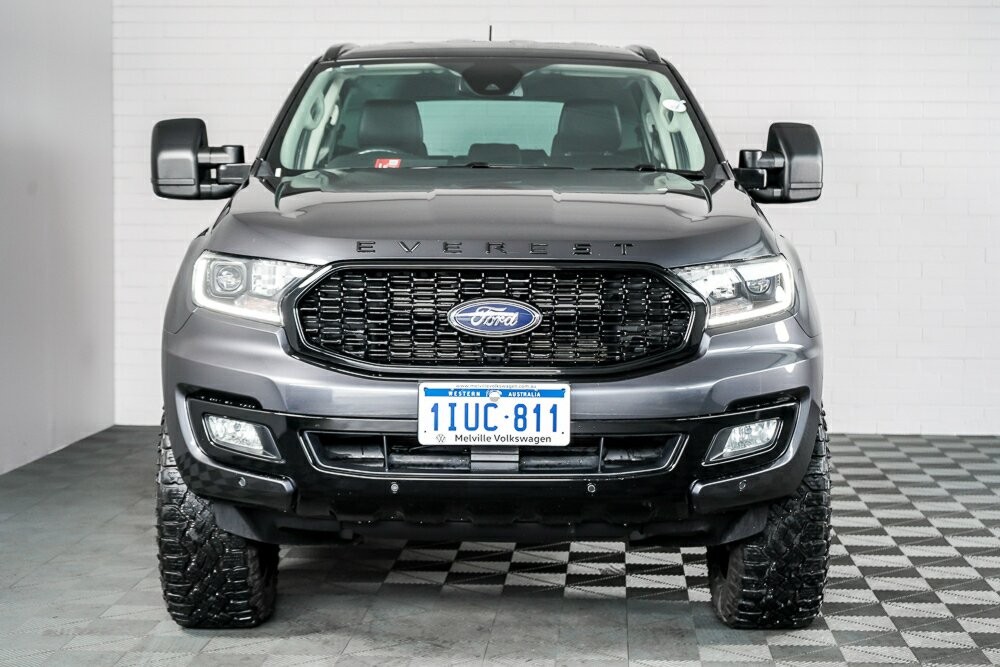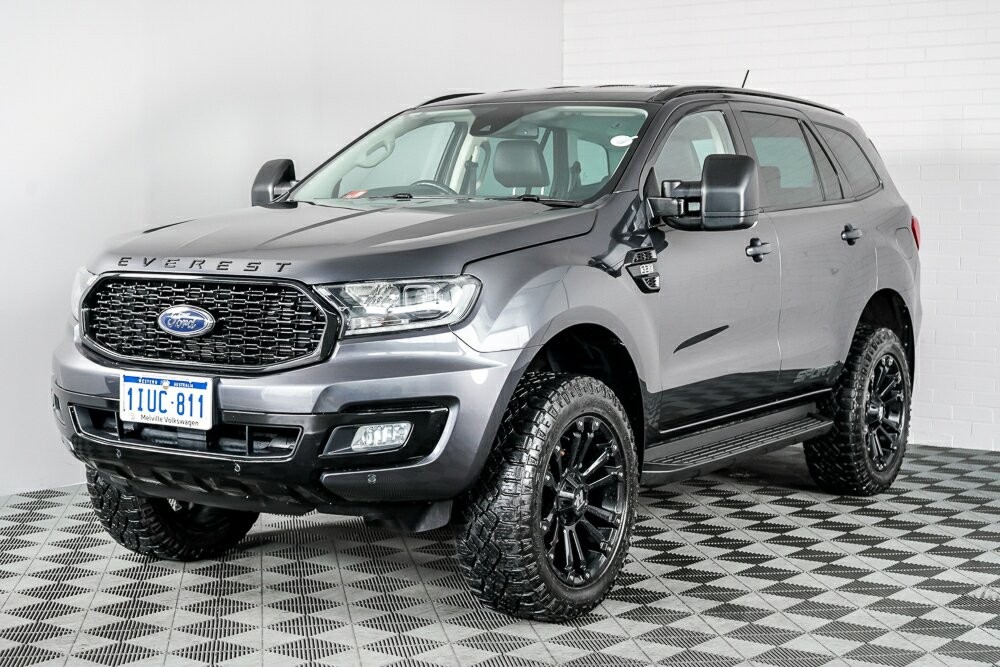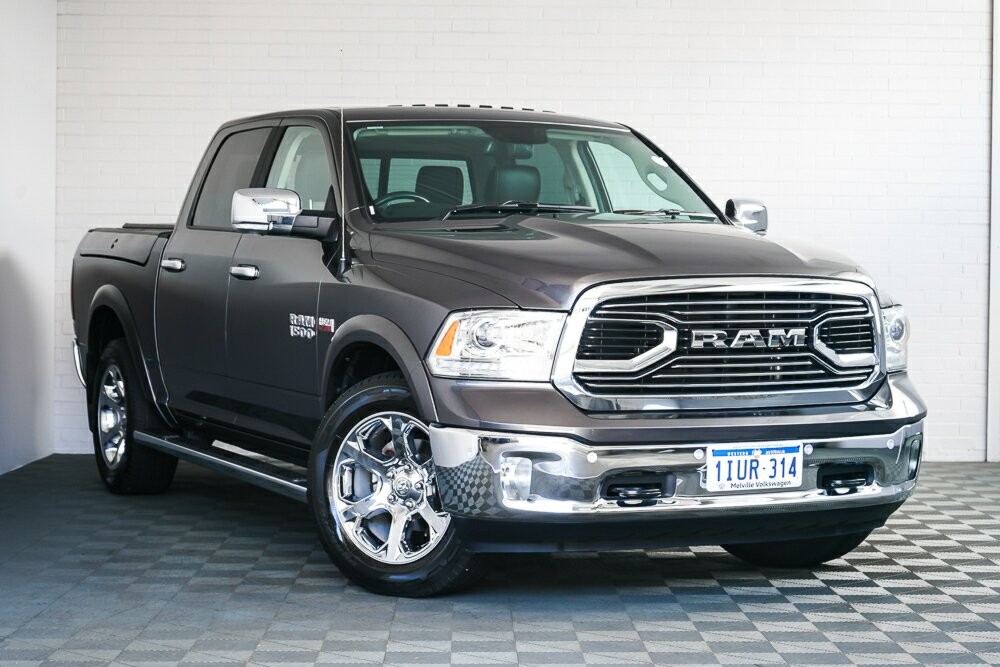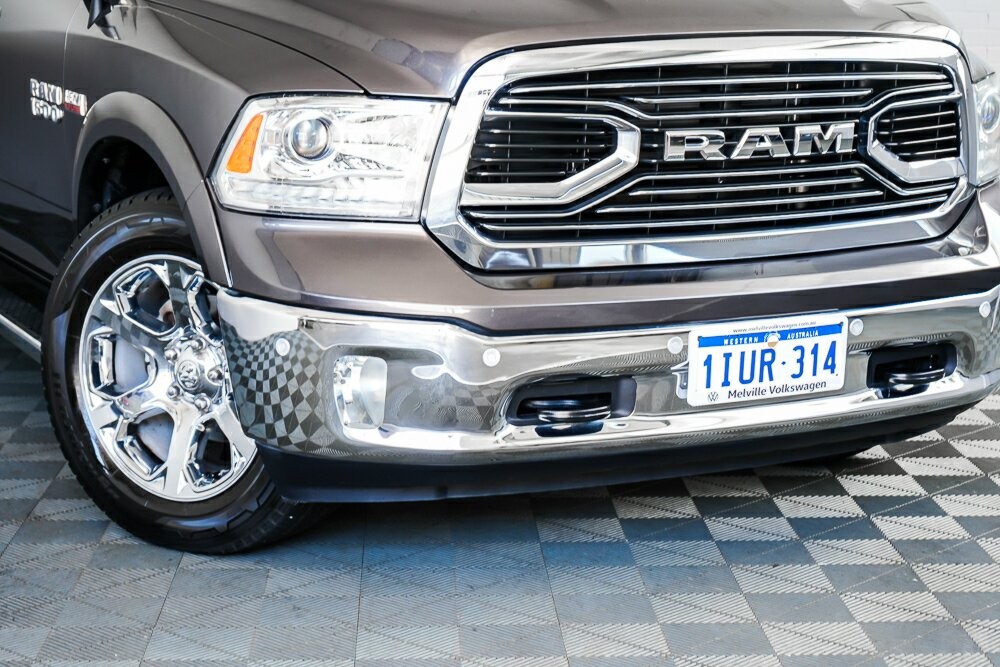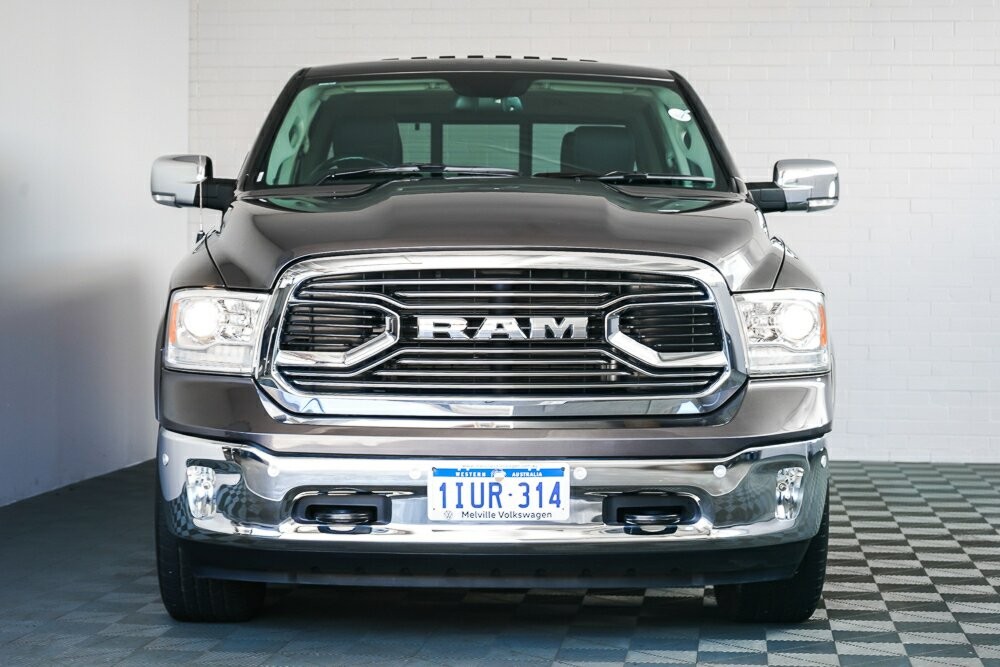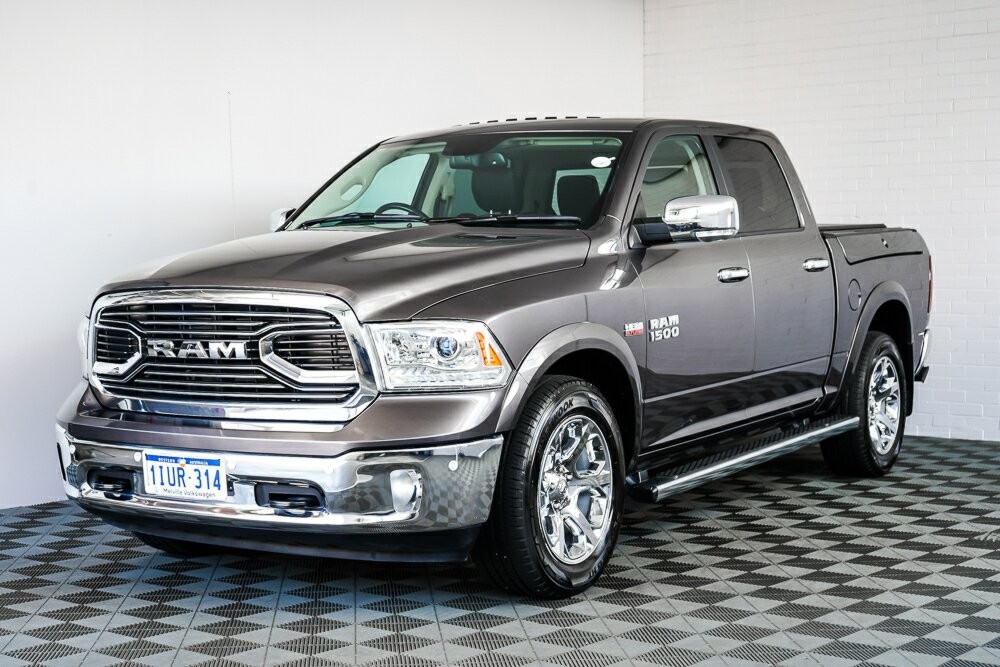Search Suggestions
Filters
Show EVs only
Search Suggestions
7,356 Cars for Sale in Australia
Get an instant valuation
Get an instant valuation
7,356 Cars for Sale in Australia
2025 Hyundai 1y
HYBRID D-CT 2WD ELITE
Demo2,045kmPetrolAuto
Located in Midland, WA
$40,500
e.g.c
$155/wk
With finance
2025 Hyundai Kona
ELITE
New11kmPetrolAuto
Located in Morley, WA
$39,500
Drive away
$151/wk
With finance
2025 Hyundai Kona
ELITE
New10kmPetrolAuto
Located in Maddington, WA
$40,240
Drive away
$154/wk
With finance
2025 Hyundai Kona
2WD
New10kmPetrolAuto
Located in Midland, WA
$35,990
Drive away
$138/wk
With finance
2023 Isuzu D-max
LS-U HIGH RIDE
Used43,861kmDieselAuto
Located in Wanneroo, WA
$46,990
e.g.c
$180/wk
With finance
2024 Isuzu D-max
SX HIGH RIDE
Used10,640kmDieselAuto
Located in Wanneroo, WA
$36,990
e.g.c
$142/wk
With finance

Free vehicle history report
Available for all mymoto cars. Look for "Free vehicle history report" on all vehicle details pages.
2025 Isuzu D-max
BLADE
New10kmDieselAuto
Located in Midland, WA
$78,990
Drive away
$302/wk
With finance
2024 Ford Ranger
XL
New15kmDieselAuto
Located in Albany, WA
$64,990
Drive away
$249/wk
With finance
2024 Toyota Yaris Cross
GX
Used26,256kmPetrolAuto
Located in Ellenbrook, WA
$37,990
e.g.c
$146/wk
With finance
2024 Toyota Rav4
GXL
Used52,371kmPetrolAuto
Located in Ellenbrook, WA
$47,990
e.g.c
$184/wk
With finance
2021 Volkswagen Touareg
210TDI R-LINE
Used82,455kmDieselAuto
Located in Bibra Lake, WA
$59,999
e.g.c
$230/wk
With finance
2025 LDV Deliver 7
LWB LOW ROOF OPTION PACK
Used100kmDieselAuto
Located in Bibra Lake, WA
$42,990
e.g.c
$165/wk
With finance
2025 LDV Deliver 7
LWB LOW ROOF OPTION PACK
Used100kmDieselAuto
Located in Bibra Lake, WA
$39,880
e.g.c
$153/wk
With finance
2024 Gwm Haval H6gt
ULTRA
Used24,320kmPetrolAuto
Located in Bibra Lake, WA
$35,990
e.g.c
$138/wk
With finance
2025 LDV Deliver 7
SWB LOW ROOF
Used100kmDieselAuto
Located in Bibra Lake, WA
$40,990
e.g.c
$157/wk
With finance
2025 LDV Deliver 7
SWB LOW ROOF
Used100kmDieselAuto
Located in Bibra Lake, WA
$34,990
e.g.c
$134/wk
With finance
2021 Nissan Navara
ST-X
Used46,018kmDieselAuto
Located in Bibra Lake, WA
$45,990
e.g.c
$176/wk
With finance
2019 Nissan Patrol
TI
Used88,161kmPetrolAuto
Located in Bibra Lake, WA
$69,990
e.g.c
$268/wk
With finance
2019 Volkswagen Multivan
TDI340 BLACK EDITION
Used54,436kmDieselAuto
Located in Bibra Lake, WA
$50,990
e.g.c
$195/wk
With finance
2018 Audi S1
SPORTBACK 2.0 TFSI QUATTRO
Used53,857kmPetrolManual
Located in Bibra Lake, WA
$26,999
e.g.c
$104/wk
With finance
2022 Mercedes Benz A-class
A180
Used25,880kmPetrolAuto
Located in Bibra Lake, WA
$36,990
e.g.c
$142/wk
With finance
2021 BMW X4
XDRIVE20I M SPORT
Used58,395kmPetrolAuto
Located in Bibra Lake, WA
$58,888
e.g.c
$226/wk
With finance
2021 Ford Ranger
FX4
Used44,988kmDieselAuto
Located in Bibra Lake, WA
$48,990
e.g.c
$188/wk
With finance
2025 LDV Deliver 7
SWB LOW ROOF
Used100kmDieselAuto
Located in Bibra Lake, WA
$39,990
e.g.c
$153/wk
With finance
2025 LDV Deliver 7
LWB LOW ROOF OPTION PACK
Used100kmDieselAuto
Located in Bibra Lake, WA
$41,990
e.g.c
$161/wk
With finance
2025 LDV Deliver 7
SWB LOW ROOF OPTION PACK
Used100kmDieselAuto
Located in Bibra Lake, WA
$40,990
e.g.c
$157/wk
With finance
2025 LDV Deliver 7
SWB LOW ROOF
Used650kmDieselAuto
Located in Bibra Lake, WA
$39,990
e.g.c
$153/wk
With finance
2025 LDV Deliver 7
SWB LOW ROOF
Used650kmDieselAuto
Located in Bibra Lake, WA
$37,990
e.g.c
$146/wk
With finance
2025 LDV Deliver 7
SWB LOW ROOF OPTION PACK
Used100kmDieselAuto
Located in Bibra Lake, WA
$39,990
e.g.c
$153/wk
With finance
2025 LDV Deliver 7
LWB LOW ROOF OPTION PACK
Used100kmDieselAuto
Located in Bibra Lake, WA
$41,990
e.g.c
$161/wk
With finance
2024 Volkswagen Polo
85TSI LIFE
Used18,641kmPetrolAuto
Located in Bibra Lake, WA
$26,890
e.g.c
$103/wk
With finance
2022 Ford Ranger
RAPTOR
Used49,987kmPetrolAuto
Located in Bibra Lake, WA
$76,990
e.g.c
$295/wk
With finance
2020 Isuzu D-max
X-TERRAIN
Used71,877kmDieselAuto
Located in Bibra Lake, WA
$51,880
e.g.c
$199/wk
With finance
2020 Ford Everest
SPORT
Used83,561kmDieselAuto
Located in Bibra Lake, WA
$49,990
e.g.c
$192/wk
With finance
2024 Nissan X-trail
TI-L
Used710kmPetrolAuto
Located in Bibra Lake, WA
$51,990
e.g.c
$199/wk
With finance
2021 Ram 1500
LARAMIE RAMBOX
Used43,855kmAuto
Located in Bibra Lake, WA
$95,999
e.g.c
$367/wk
With finance
2024 Skoda Kamiq
85TSI SELECT
Used3,478kmPetrolAuto
Located in Bibra Lake, WA
$28,490
e.g.c
$109/wk
With finance
...
Displaying 1-37 of 7,356 cars




















